Discover All 52 Marking Georgetown Sculpture Location
Penang State Government launched an international pitch for “Marking George Town” in black & white edition following George Town’s listing as a UNESCO World Heritage Site in September 2009.
It was an initiative to physically to brand the George Town UNESCO World Heritage Site and giving the heritage zones a distinct identity.
The unique series of steel-rod cartoon was selected (winning idea) which reflects the history of each streets and stories of its communities in a local voice.
The Sculpture was directed by local artist Tang Mun Kian who won the commission with the theme “Voices of the People” He once said “…Our idea was to showcase the People’s voices, not replicate textbook history…”
There are 52 steel-rod sculptures set up till today when the work began back in 2010 and this project had opened the door for the new public art forms throughout Penang.
Among the popular was wall murals by Ernest Zacharevic for Mirrors George Town and wall murals by visiting foreign artist invited by Urban Xchange.
Indeed, this project had transformed the entire landscape of George Town into a whole new level art of attractions.
The Marking George Town project was one of the first brand that defines Penang and the stories behind it.
Now let’s check out all 52 Marking Georgetown Sculpture Location…
1. Shorn Hair
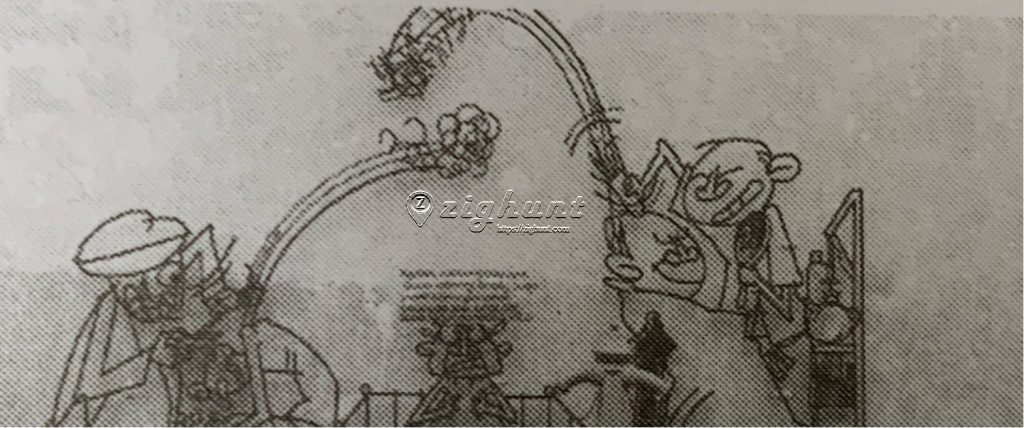
Shorn Hair @ Sungai Ujong © Zighunt
Barbers used to operate here. Shorn Hair was simply swept into the Prangin canal. Did you know Yeap Chor Ee started as barber in here?
2. Labourer to Trader
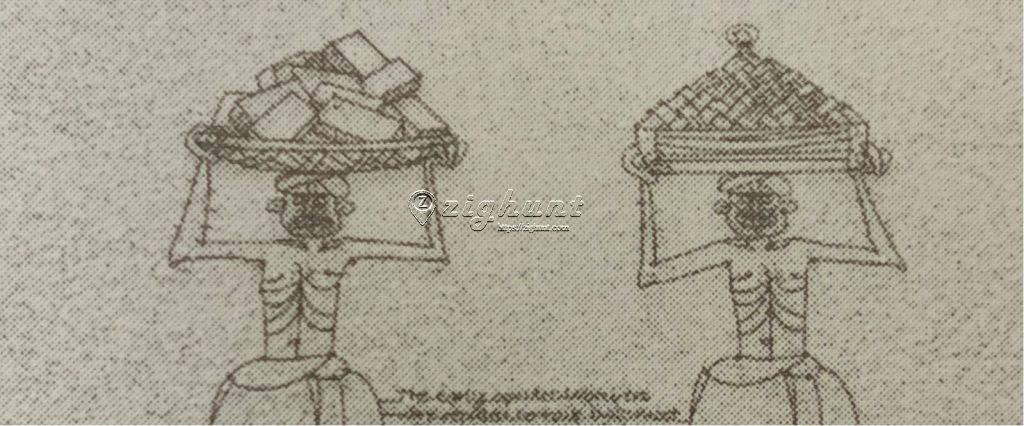
Labourer to Trader @ Jalan Chowrasta © Zighunt
Francis Light requested Indian convict labourer to assist develop George Town immediately after the foundation of Penang. There were about 1000 plus of these convict laborers by 1824 and they were considered better workers compared the native work force. Mostly, the convicts help develop major government buildings on the island and many of them were allowed to live and roam freely without any restrictions (does not lock in prison after work)
3. Kopi O’ Kau
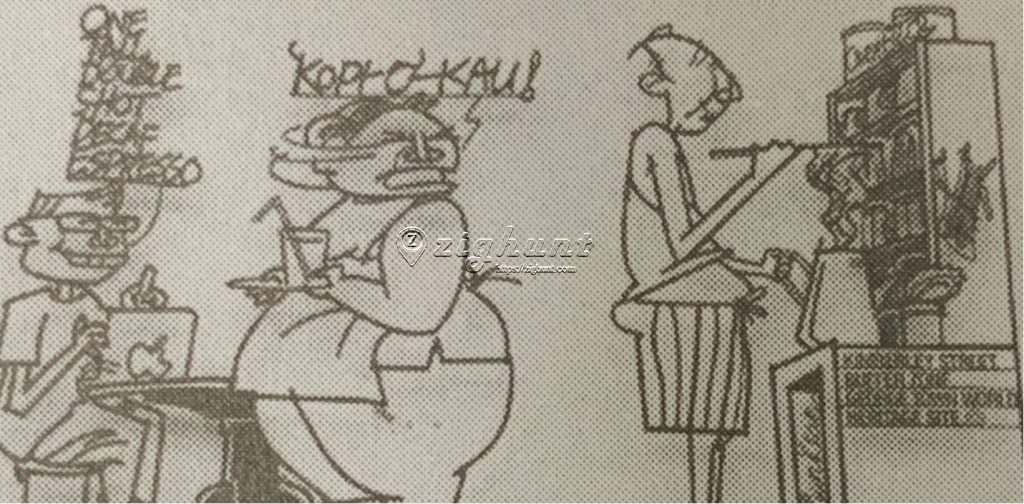
Zighunt – Kopi O’ Kau @ Lebuh Kimberly © Zighunt
One tall double shot decaf espresso or also known as “Kopi-O-Kau” in local Hokkien language.
4. Happy Hour
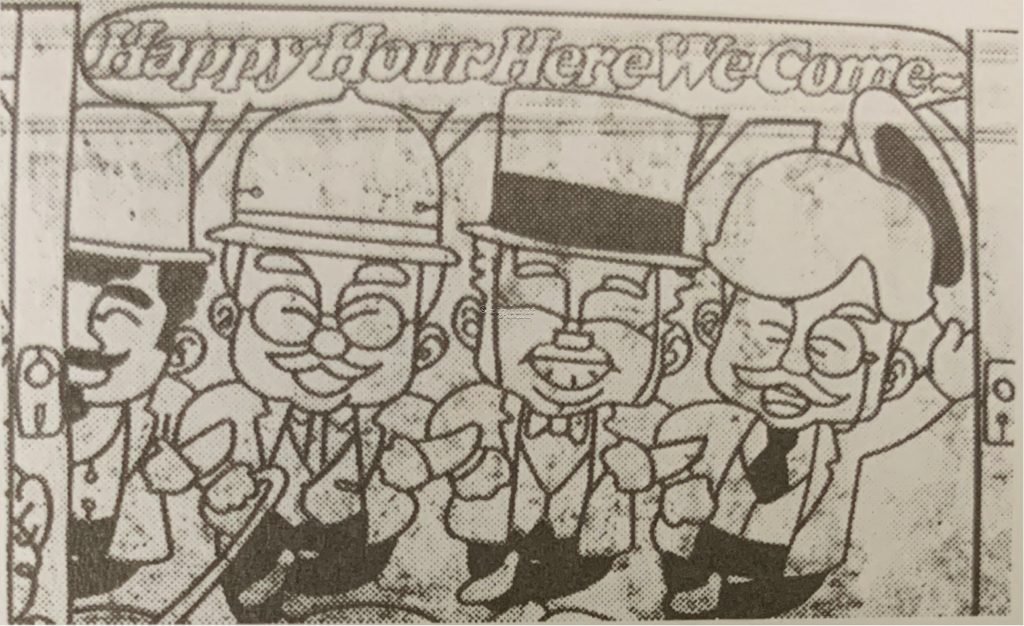
Zighunt – Happy Hour @ Jalan Transfer © Zighunt
Did you know Transfer Road is named after the event of the transfer of Strait Settlement from Indian office to Colonial office in Singapore in 1867. It resulted in a more efficient administration and it brings great prosperity of the crown colonies.
5. Mr Five Foot Way
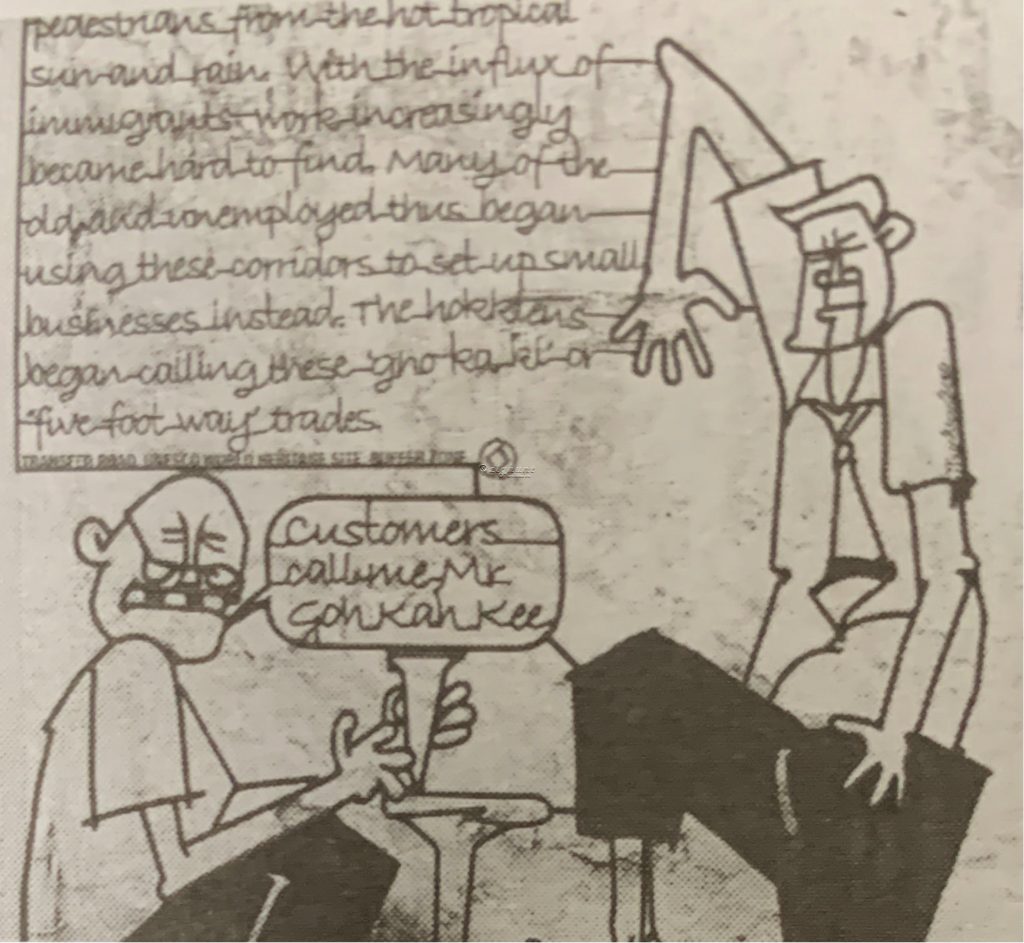
Mr Five Foot Way @ Jalan Transfer © Zighunt
Five foot way were meant to protect pedestrians from the hot tropical sun and rain. With the influx of immigrants, work increasingly became hard to find. Many of the old and unemployed thus began using these corridors to set up small businesses instead. The Hokkiens began calling these “Goh Ka Ki” or literally means five foot way trades. According to what people say, the walkway was designed by Stamford Raffles (founder of Singapore)
6. Spy
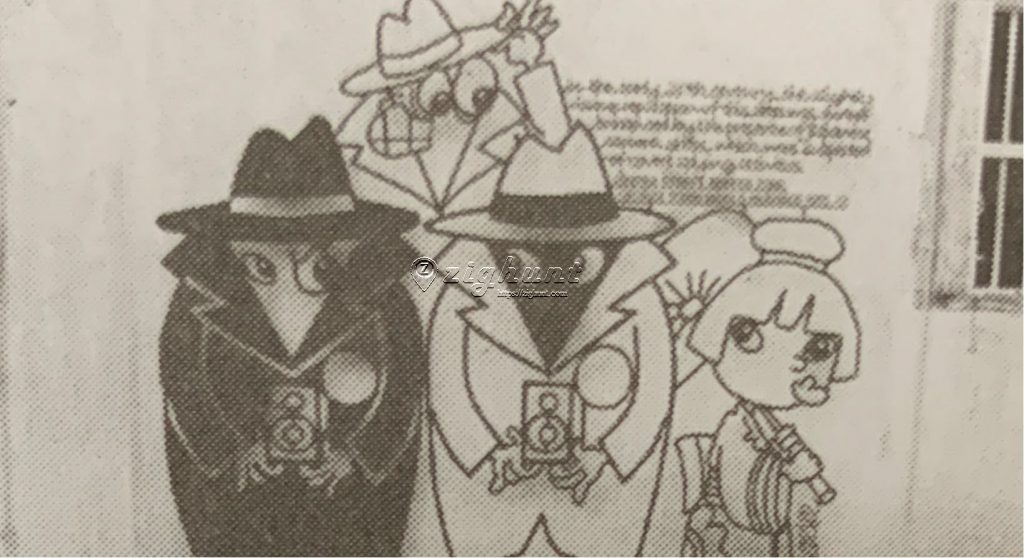
Spy @ Lorong Kampung Malabar © Zighunt
In the early 20th century, the slightly risque reputation of this area was further enhanced by the presence of Japanese camera, shops which were suspected of covert spying activities. It is to be told prior to 2nd World War, the camera shops in this area which belongs to Japanese were engaged in photographing and sending military information that would later being used for the invasion.
7. Same Taste, Same Look
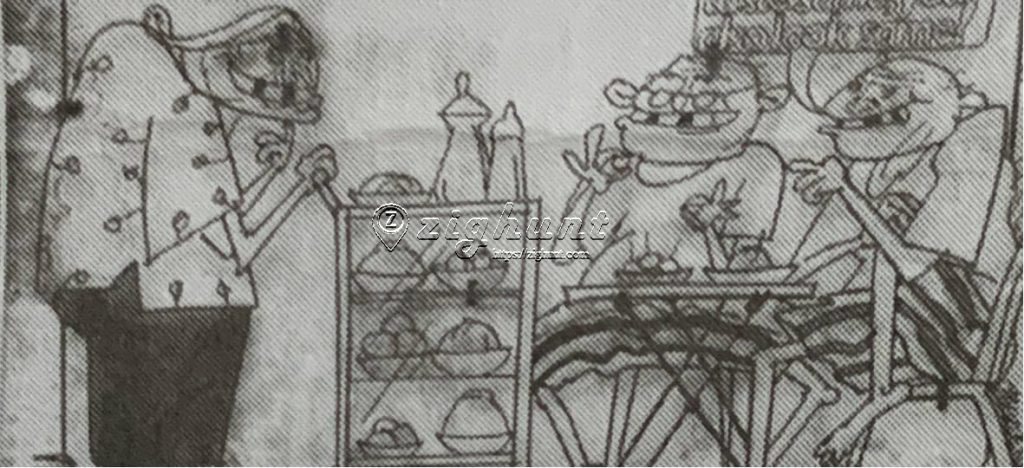
Same Taste, Same Look @ Lebuh Cintra © Zighunt
Traditional Cantonese restaurant Ang Dim Sum where you can see the two old man sitting down enjoying dim sum and mentioning not only the pau taste same, you also look same towards the old lady.
8. Three Generations
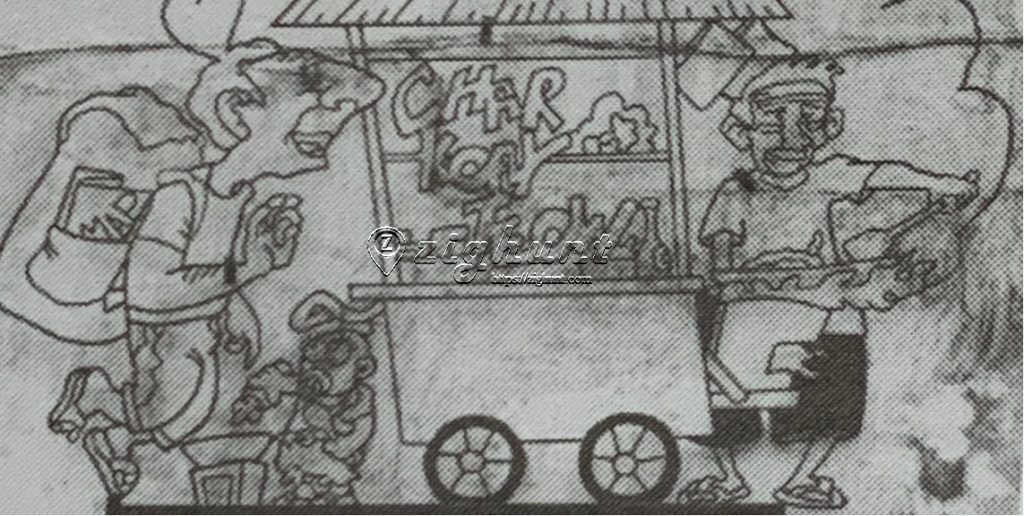
Three Generations @ Jalan Sungai Ujong © Zighunt
9. Rope Style
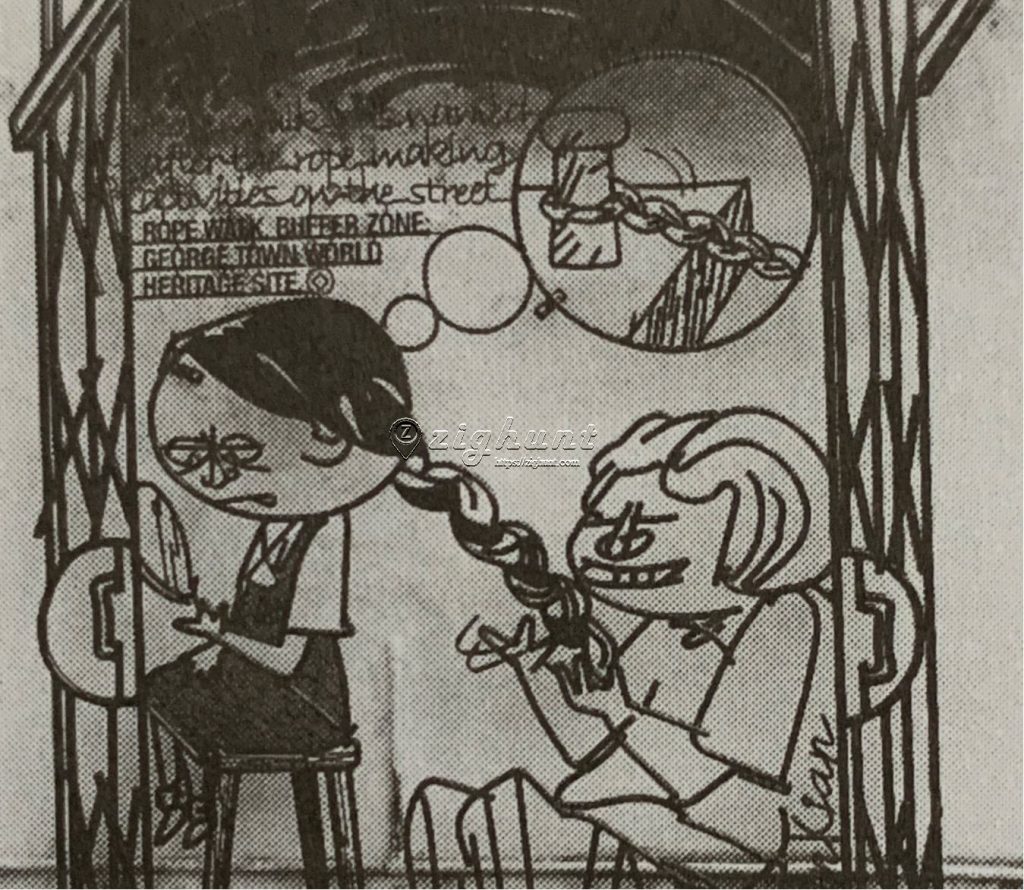
Rope Style @ Jalan Pintal Tali © Zighunt
10. Retail Paradise
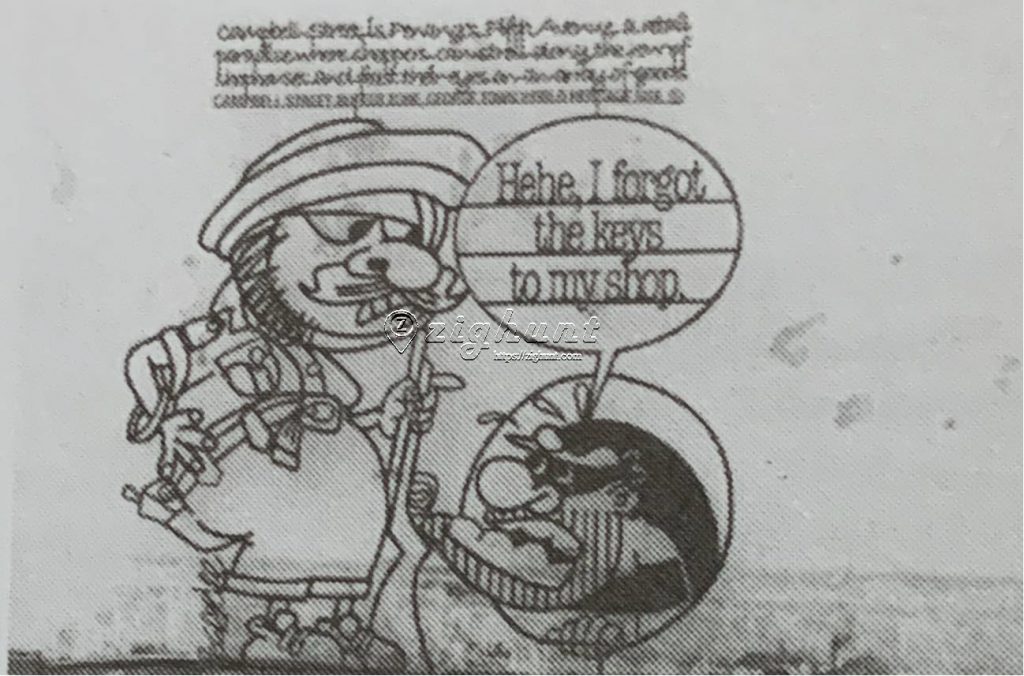
Retail Paradise-Lebuh Campbell @ Lebuh Campbell © Zighunt
Campbell Street is Penang’s 5th Avenue, a retail paradise where shoppers can stroll along the row of shop-houses and feast their eyes on an array of goods.
11. Thing Thing Thong
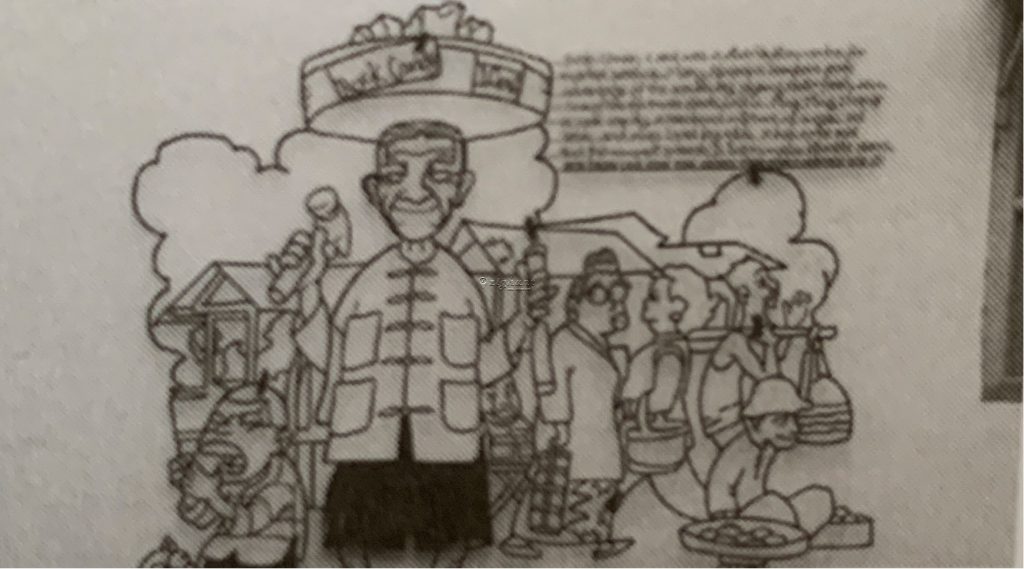
Thing Thing Thong @ Lorong Sek Chuan © Zighunt
Sek Chuan lane was a distribution centre for market produce. Many hawkers took the advantage of the crowd by selling their foods here. One of the favorite foods sold is thing thing thong or rock candy, a hardened mixture of sugar, seeds and nuts loved by kids. It was to be “hammered” to break into smaller bite-able pieces. As you can see, nearby there is a kid sculpture taking risk breaking his teeth as he tries to bite through the “rock” candy.
12. High Counter
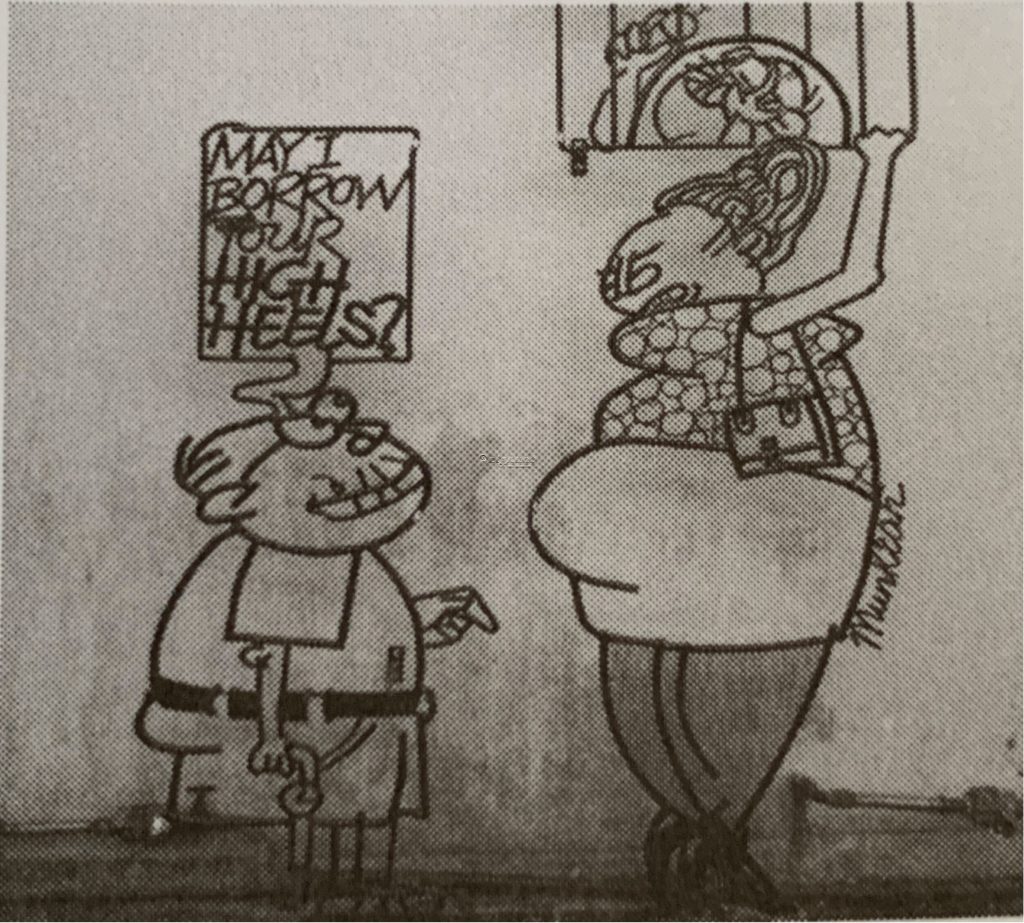
High Counter @ Lebuh Carnarvon © Zighunt
The counter of the pawnshop is typically higher for security. As you can see, this sculpture portray high counter where it can be found in traditional pawn shop. As in today, the Malaysia Government is strictly regulate the way pawn shop or “pajak gadai” in Malay works.
13. Cheating Husband
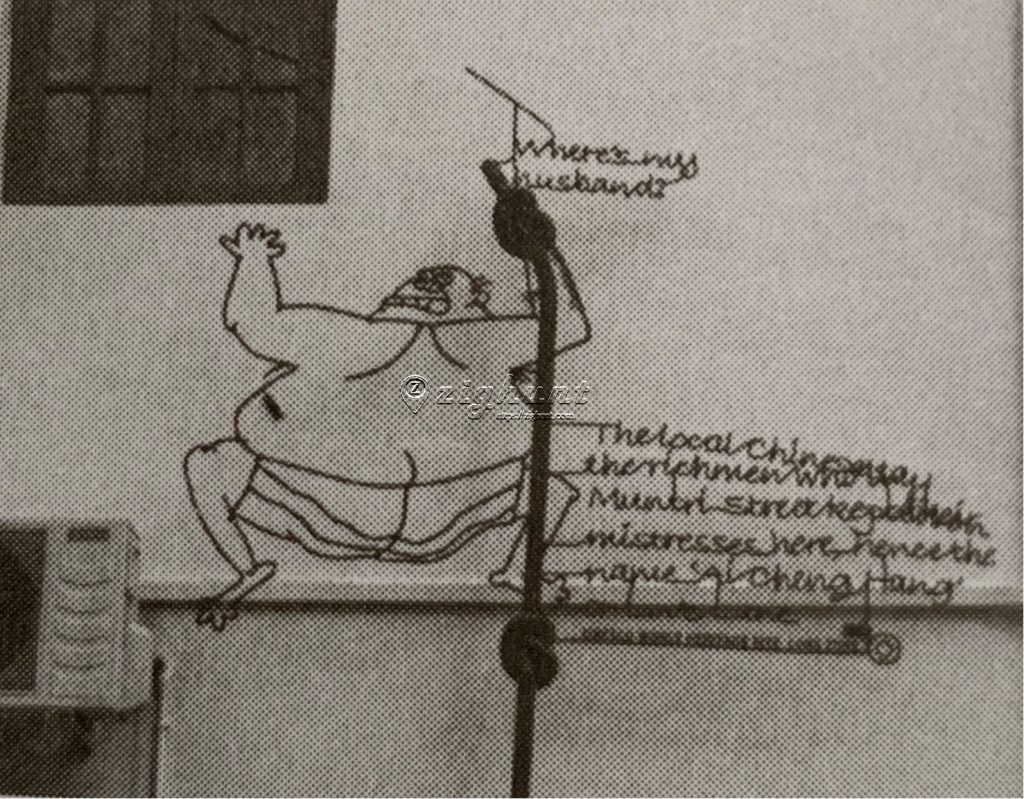
Cheating Husband @ Love Lane © Zighunt
The local Chinese say the richmen who lived on Muntri Street kept their mistresses here, hence the name “Sai Cheng Hang” or Love Lane. It is said that this sculpture suggest the husband is trying to escape through the window to prevent their wives from discovering them. The Love Lane was marked in George Town map dated back in 1801.
14. Budget Hotel
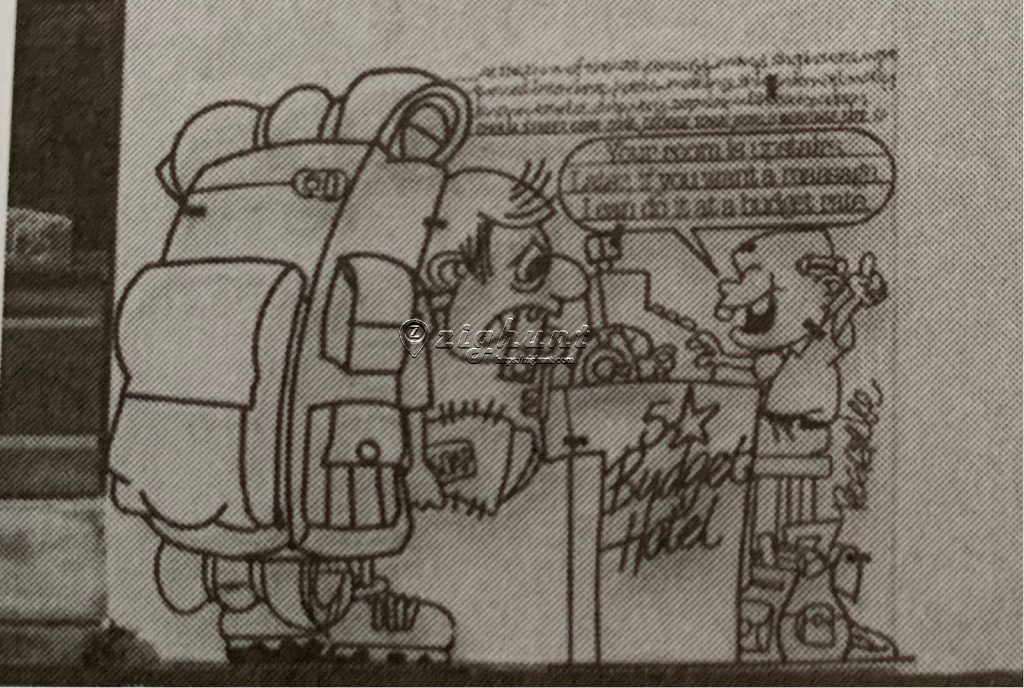
Budget Hotel-Love Lane @ Love Lane © Zighunt
At the turn of the last century, many shop-houses were turned into cheap hotels making this internationally known tourist strip very popular with backpackers. Centuries ago, this Love Lane had a poor reputation where else today a lot of the old shop houses located here had remodeled as hotels or cafes targeting at budget tourists.
15. Rotan
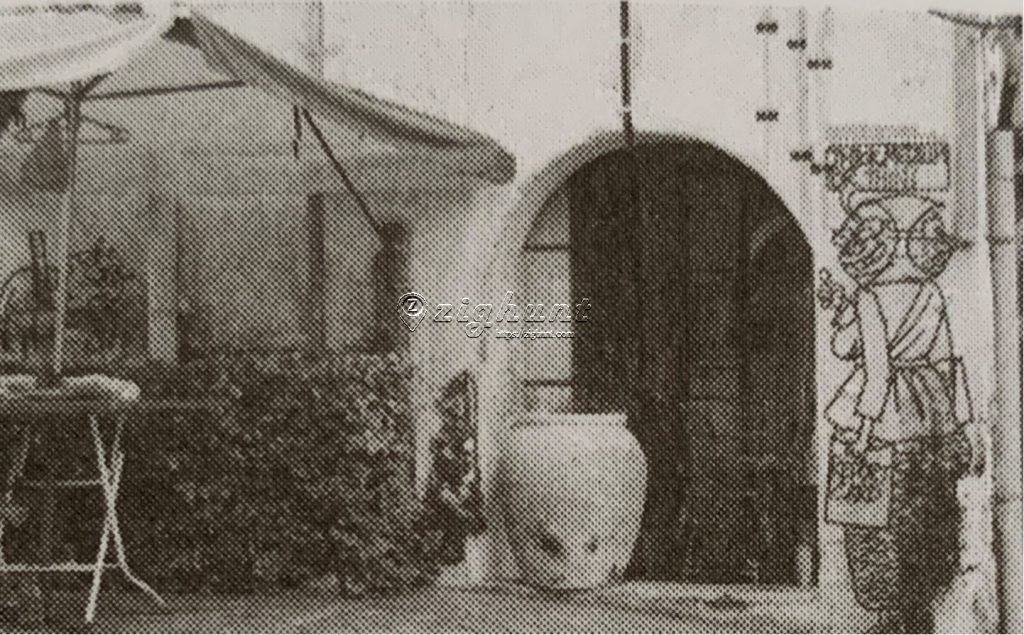
Rotan @ Lebuh Chulia © Zighunt
Thick, Medium or Thin? That’s the mother telling his kids to choose the “rotan” type. The kid ponder what had i done?
16. Jimmy Choo
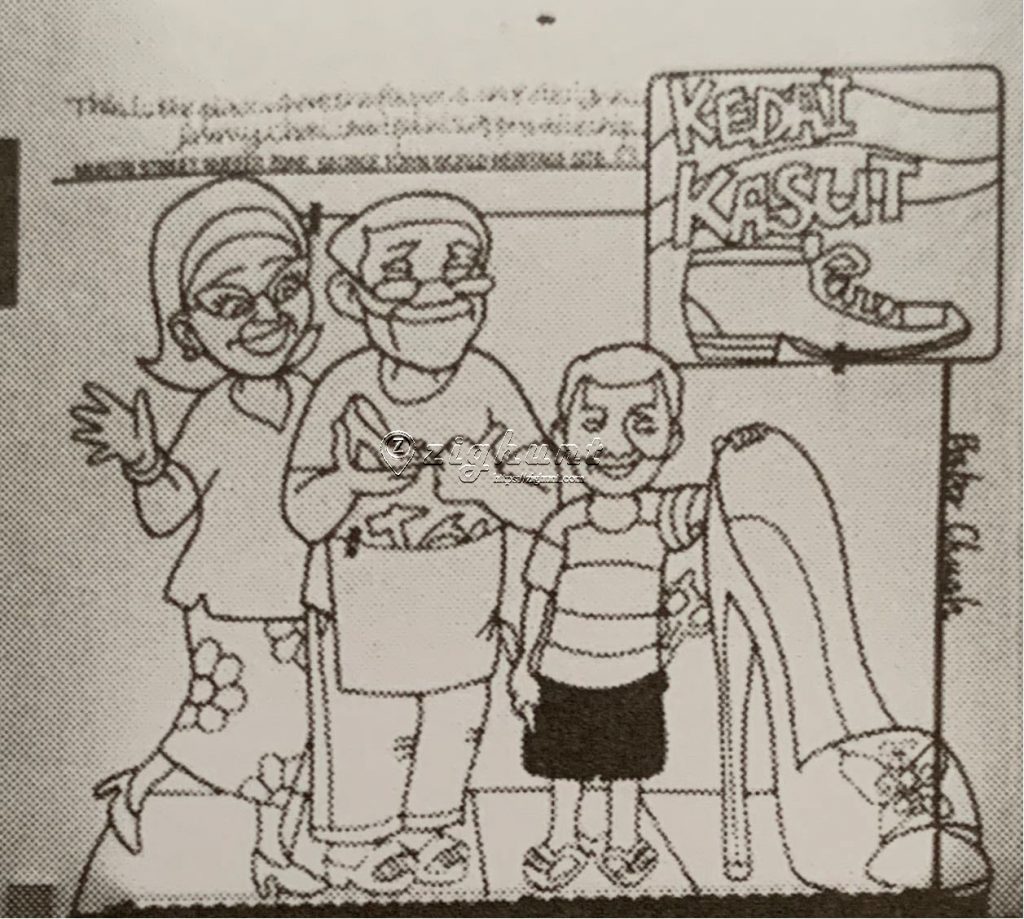
Jimmy Choo @ Lebuh Leith © Zighunt
This is the place where the famous shoe designer, Jimmy Choo started his apprenticeship. Jimmy Choo or Datuk Jimmy Choo born in Penang and this sculpture piece intended to celebrate the young native boy hail from Penang who became an internationally well-known famous shoe designer.
17. Win Win Situation
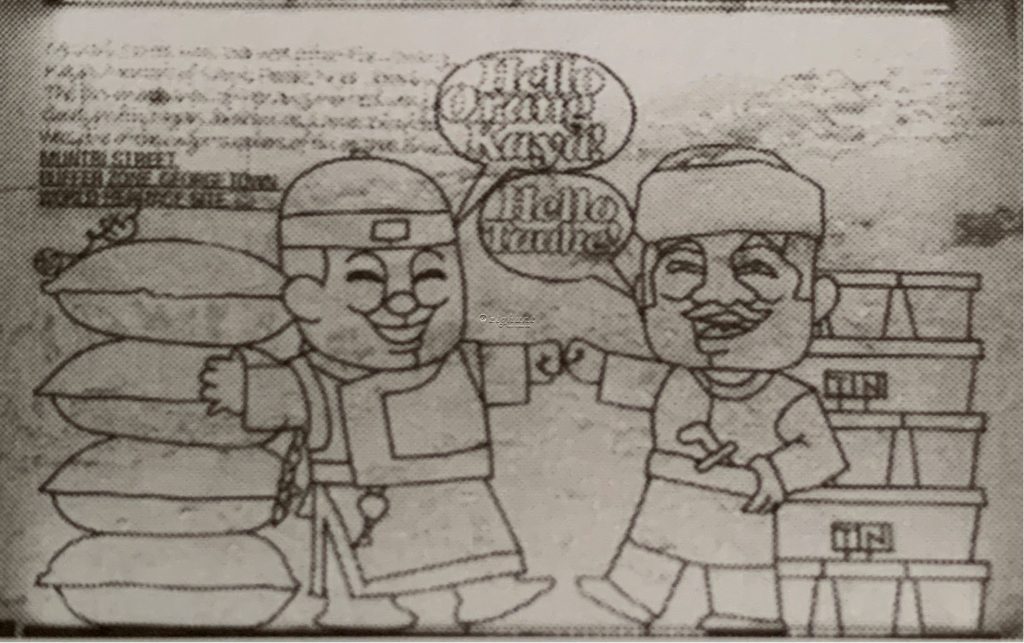
Win Win Situation @ Lebuh Muntri © Zighunt
Muntri Street was named after the Orang Kaya Menteri of Larut Perak, Ngah Ibrahim. The tin merchants of Penang worked very closely with Ngah Ibrahim as Larut District was one of the major suppliers of tin at that time.
18. One Leg Kick All
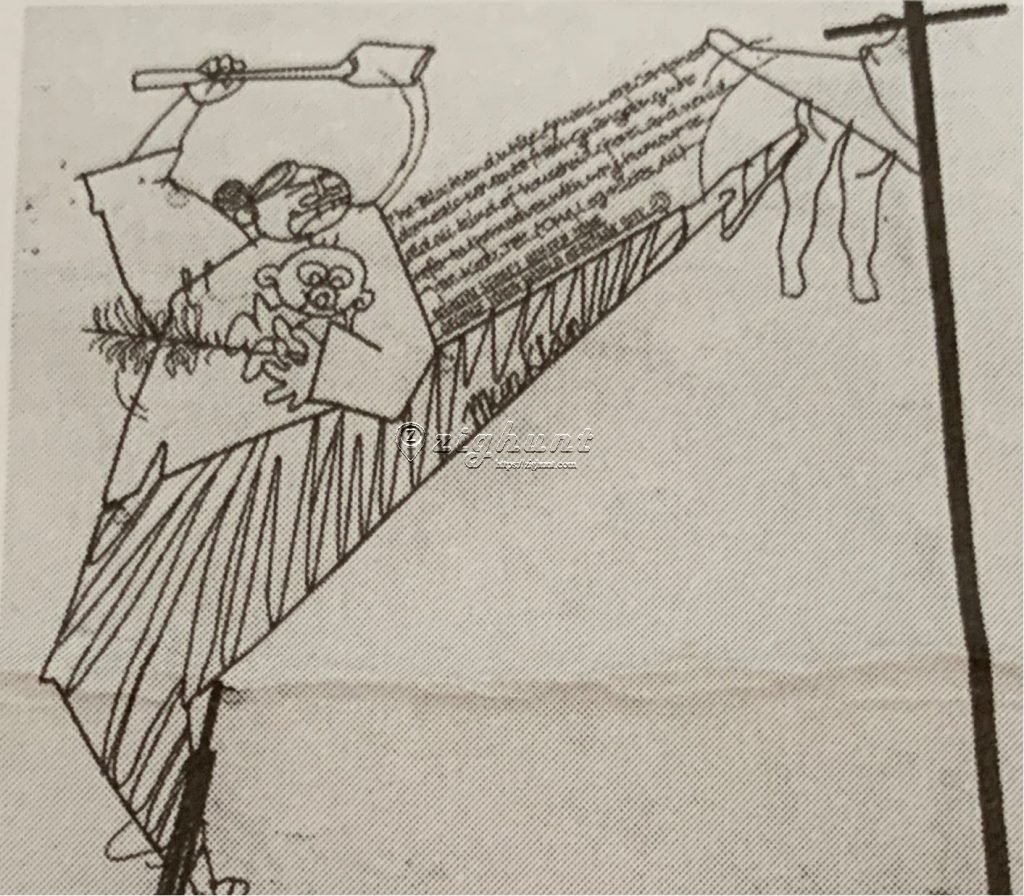
One Leg Kick All @ Lebuh Muntri © Zighunt
The black and white Amahs literally means “Grandmother” in English were Cantonese domestic servants from the Southern Provinces of China who did all kind of household chores and would refer to themselves with wry humour as “Yat Keok Tet” which mean “One Leg Kicks All”. Most of them arrive in Malay would first register with their respective kongsi before placed in a household until they would employed by a family.
19. Narrowest Five Foot Way
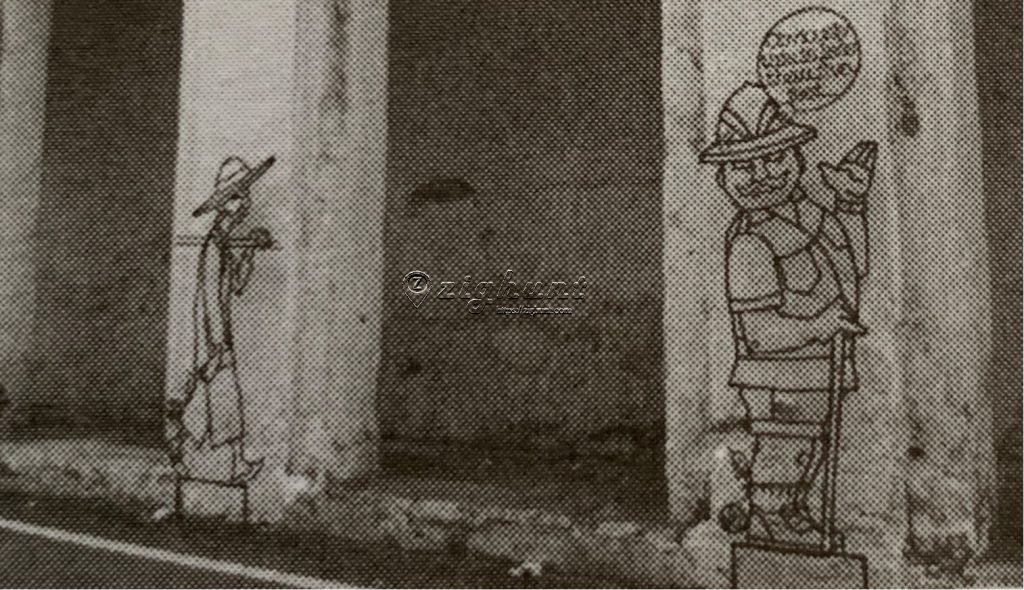
Narrowest Five Foot Way @ Lorong Stewart © Zighunt
Represent Chinese coolie with an English planter which capture the early George Town’s multiracial formation.
20. Beca
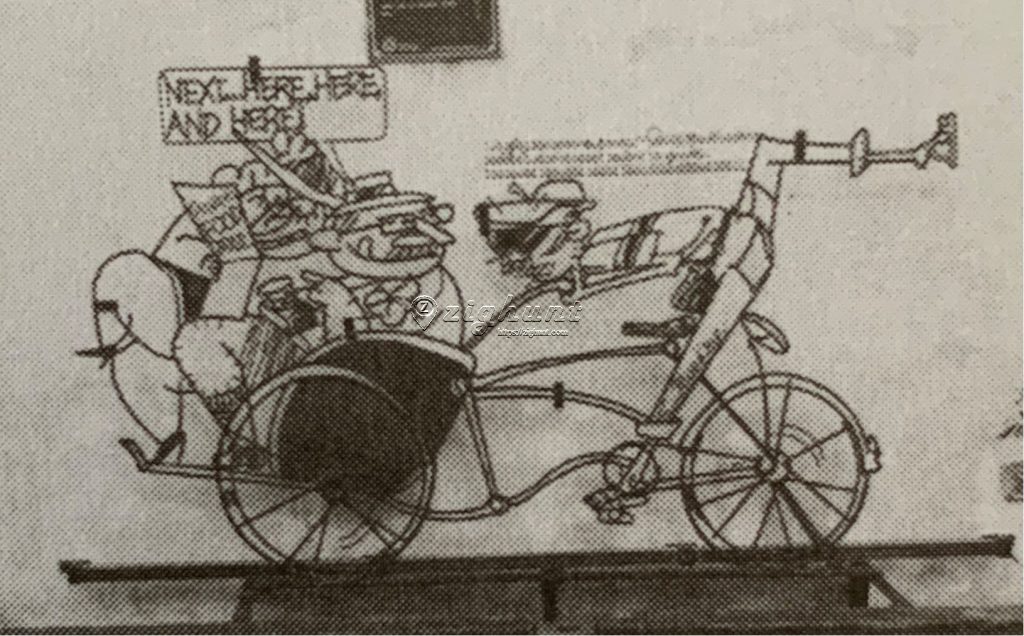
Beca @ Lorong Chulia © Zighunt
Next, here, here and here! That’s the life of modern rickshaw rider also known as “beca” in Malay transporting visitors and tourists around Penang. The sculpture show the rider carrying by an overweight pair of tourists.
21. Mahjong
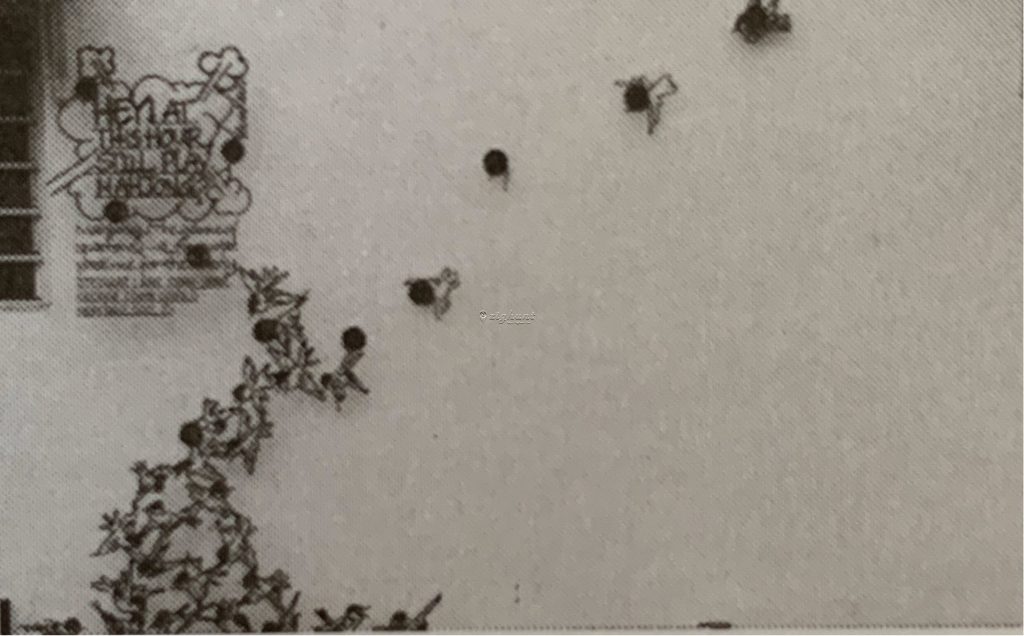
Mahjong @ Lorong Stewart © Zighunt
Mahjong “The Game of Sparrows” – a favorite pass time for the elderly.
22. Temple Day
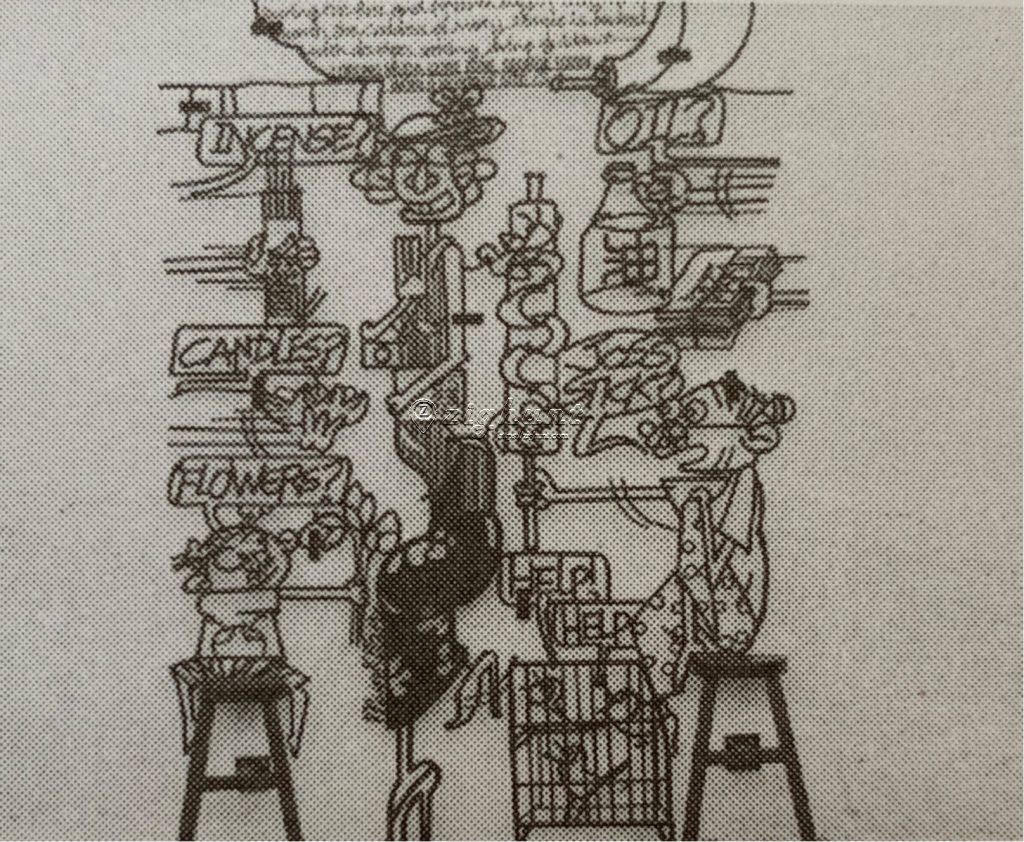
Temple Day @ Lorong Muda © Zighunt
During the first and fifteenth day of every lunar month, the goddess of Mercy Temple is packed with devotees seeking divine guidance.
23. Wrong Tree
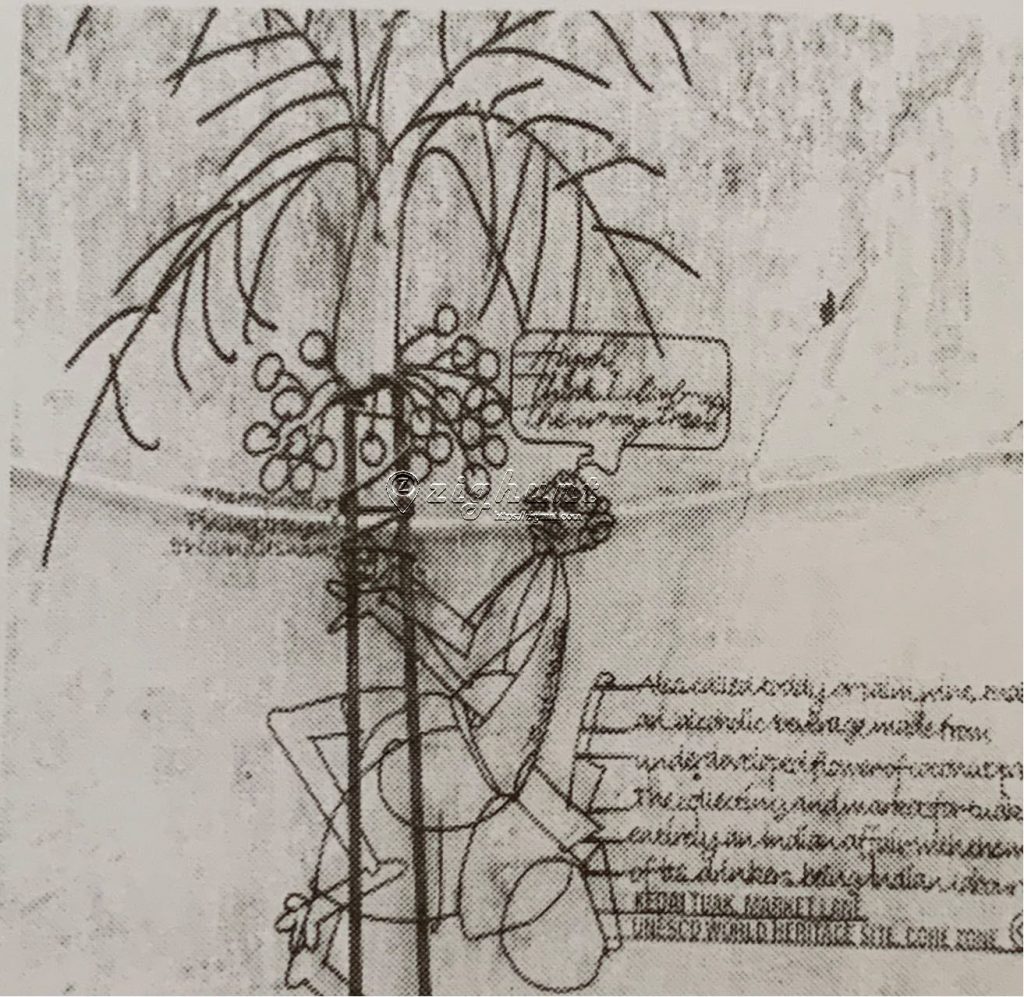
Wrong Tree @ Lorong Pasar © Zighunt
Also called toddy or palm wine. “Tuak” is an alcoholic beverage made from under developed flower of coconut palm. The collecting and market for tuak was entirely an Indian affair with the majority of its drinkers being Indian laborers.
24. Too Hot
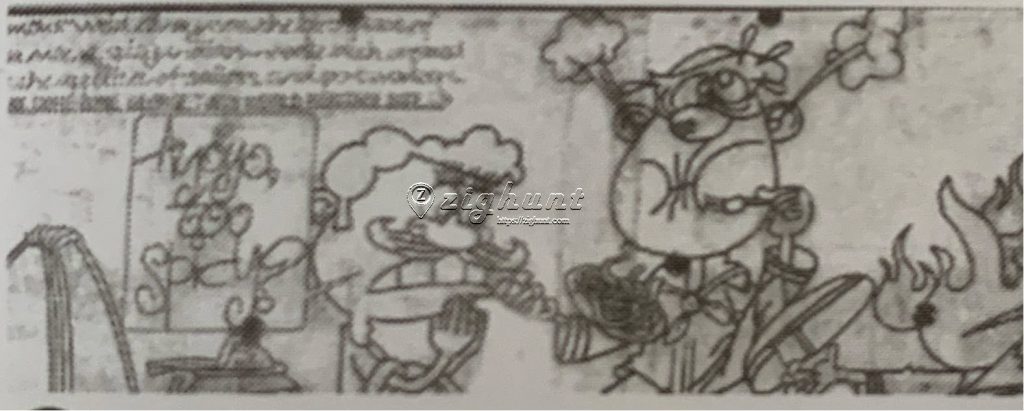
Too Hot @ Pengkalan Weld © Zighunt
The famous Weld Quay was the birthplace of Kelinga Mee which is a spicy Indian noodle dish created to whet the appetites of sailors and port workers. As can see in the sculpture, the customer’s head burst into flame after consuming “Kelinga Mee”
25. Too Salty
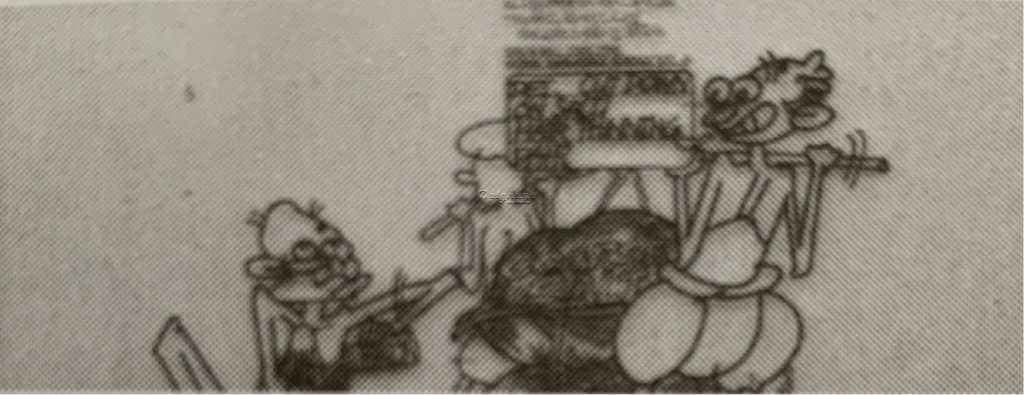
Too Salty @ Jalan Green Hall © Zighunt
The Tamils refer to this street as “Uppuvearan Teni” or literally known as Salt Traders Street, a reference to the salt trading activities. It was said that sacks of salt would unload on jetty and then store at the end of Jalan Green Hall.
26. Bullock Cart Whell
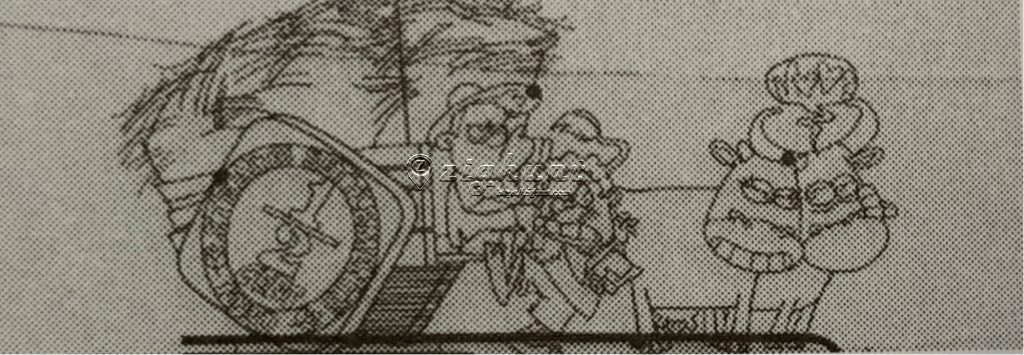
Bullock Cart Wheel @ Jalan Masjid Kapitan Keling © Zighunt
In the days when your money could be as big as a bullock cart wheel. This was a popular rest stop for the limousines of the time.
27. Gold Tooth
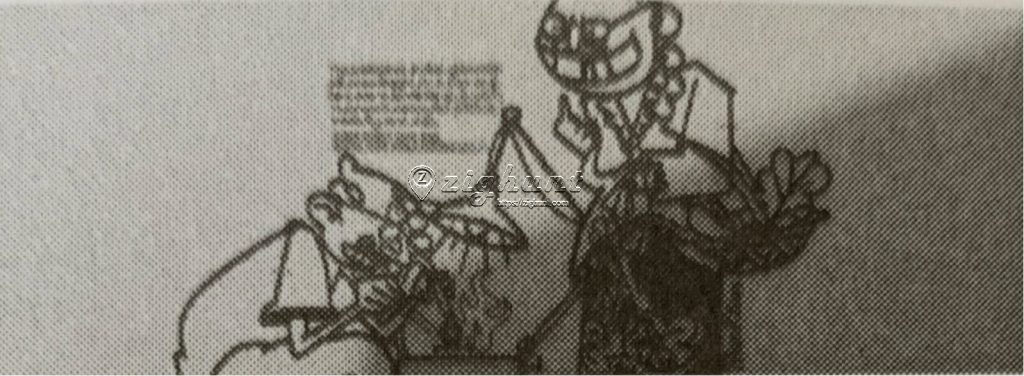
Gold Tooth @ Lebuh Queen © Zighunt
The traditional Indian goldsmith sat cross legged on a floor mat, bent over a small bench to work. Their work demanded patience, creativity and skill. Here you can see that the customer is pointing towards his tooth and request can turn it into ring?
28. Quiet Please
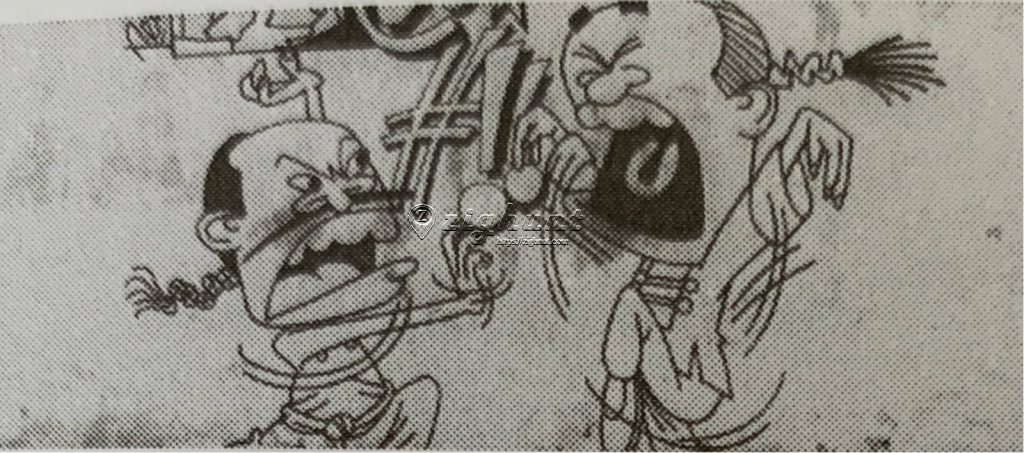
Quiet Please @ Lebuh Gereja © Zighunt
To the dismay of Parishioners of the Portuguese church there. Church street also housed the headquarters of the notorious Ghee Hin secret society which had feuds with the “Tao Peh Kong”
29. Untrained Parakeet
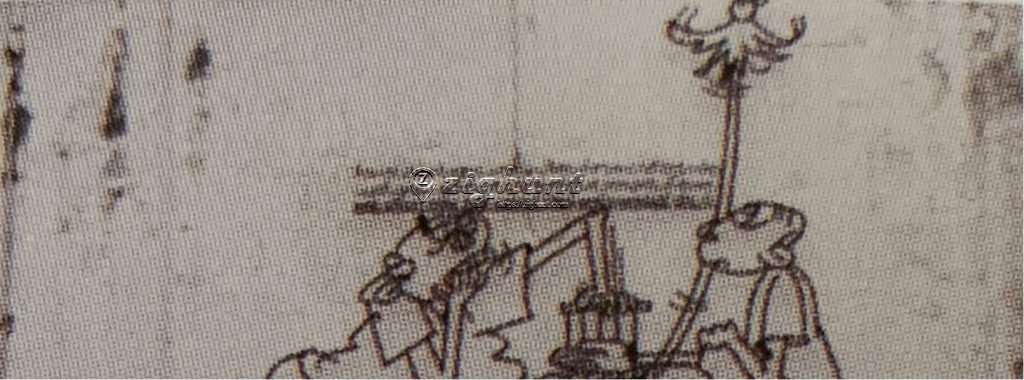
Untrained Parakeet @ Lebuh King © Zighunt
Parrot astrologers were Indian fortune tellers who used green parakeets to foretell a person’s future. The Indian fortune teller would use parakeets to choose a card from a series of 27 divination cards and for this sculpture the bird escape rather than choosing a card.
30. Gedung Remput
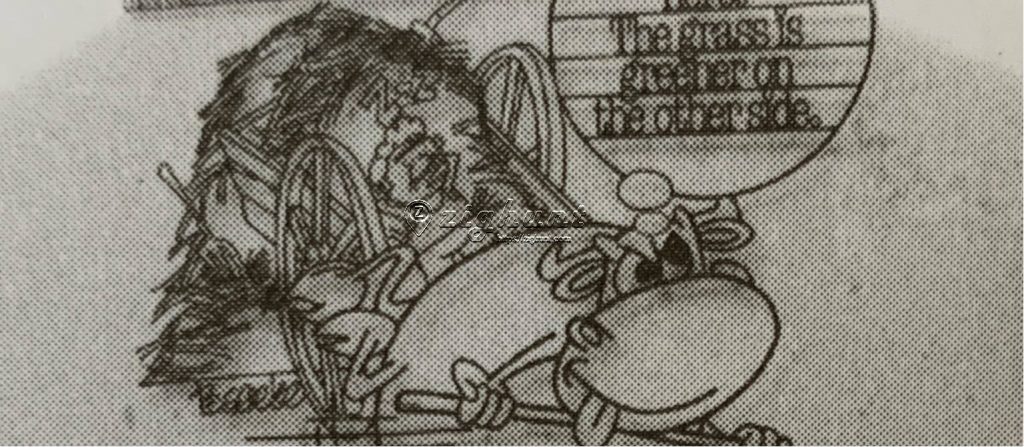
Gedung Remput @ Lebuh Queen © Zighunt
While it’s royal English name sounds very grand, it’s also locally known as “Gedung Rumput” or Grass Godown with bullock carts being parked along this wide street. It is foretold this street used to store hay to feed livestock.
31. Tok Tok Mee
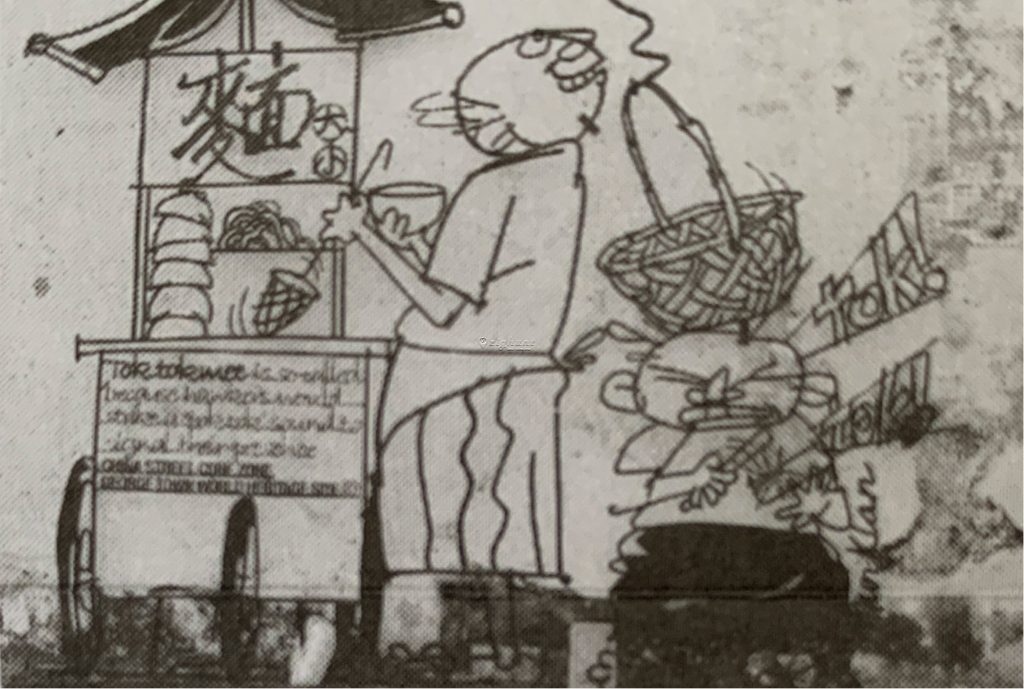
Tok Tok Mee @ Jalan Masjid Kapitan Keling © Zighunt
Tok tok mee is so called because hawkers would strike a “tok tok” to signature the presence.
32. Roti Benggali
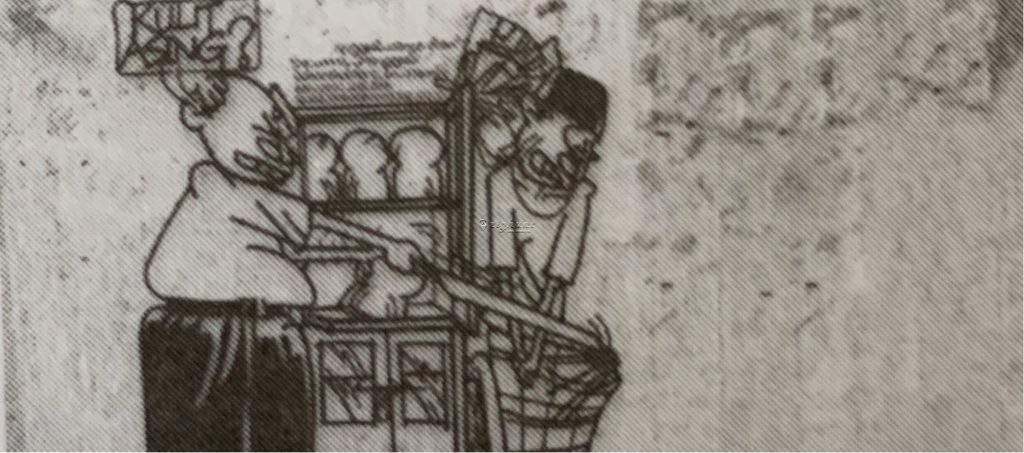
Roti Benggali @ Lebuh King © Zighunt
Roti Benggali came from the word “Penggali” means shareholder in Tamil. It was an interesting name for a loaf of white bread and according to history, it disappeared during WW2 when the price of wheat flour increase many folds.
33. Duck
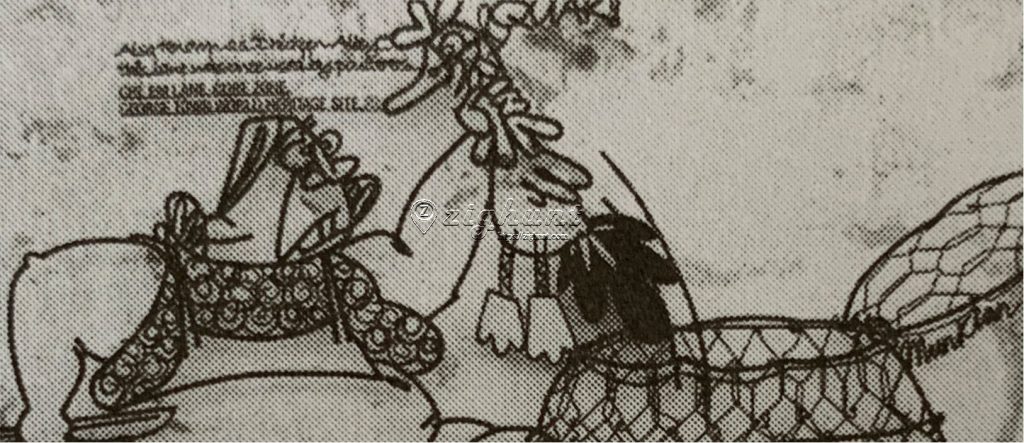
Duck @ Lorong Chee Em © Zighunt
Also known as Chicken Alley as this lane was once used by poulterers.
34. Property
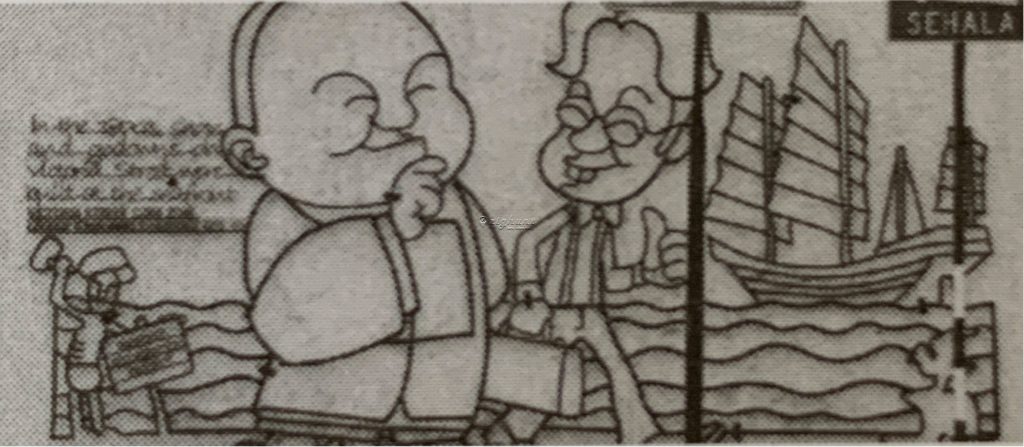
Property @ Lebuh Victoria © Zighunt
In the early 1800s, shops and godowns on Victoria Street were built at the seafront. At the left below corner, you can see a coolie setting up sign saying “Proposed Reclamation Project” while the merchant and the lawyer anticipating the profits that can be made.
35. Yeoh Only
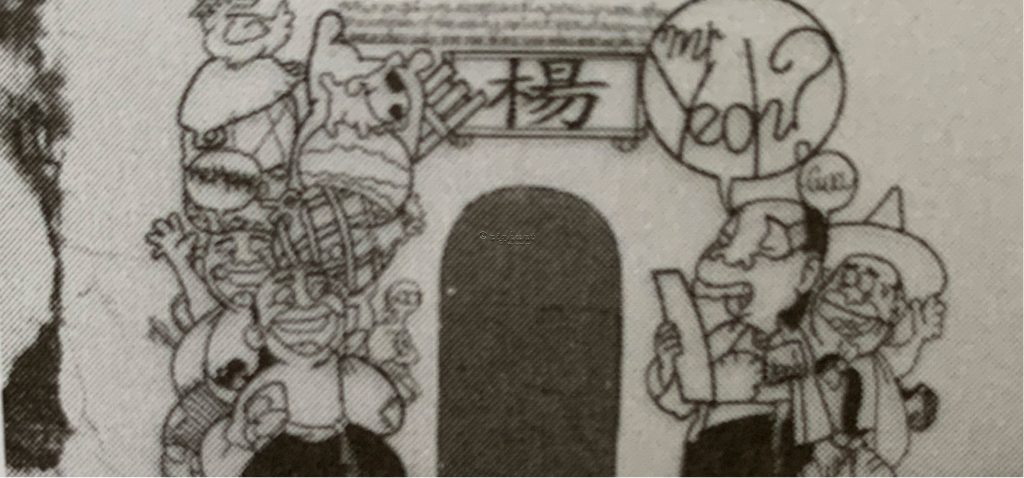
Yeoh Only @ Lebuh Chulia © Zighunt
Yeoh Kongsi was establish in 1836 to look after their fare of the newly arrived Yeoh clansmen. One of the typical later pieces that include an existing doorway in its design sculpture built.
36. Double Role
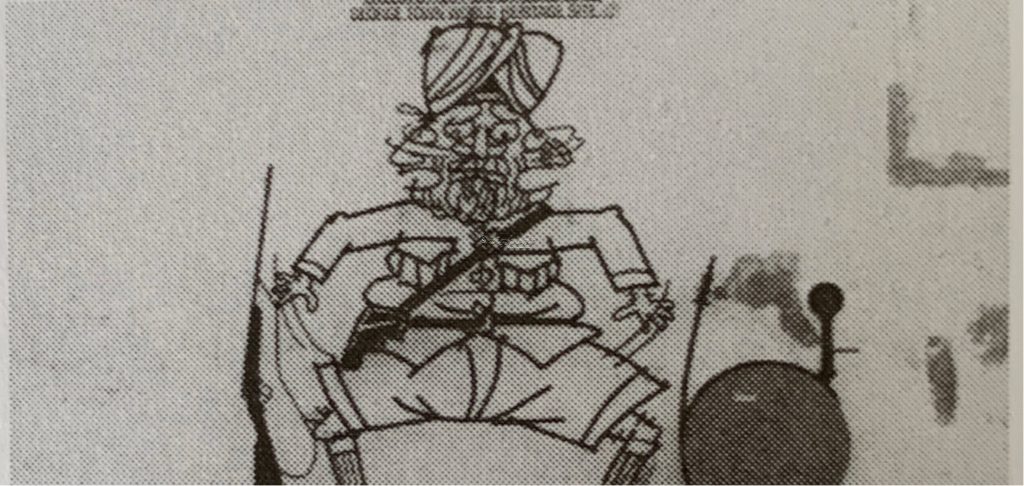
Double Role @ Gat Lebuh Chulia © Zighunt
Up until 1909, the police workforce doubled as George Town’s firefighters. The police and the firefighters force were consist of Sikh in 1881. The Central Fire Station which complete in 1909 marks the beginning of the fire service in Penang.
37. Main Street
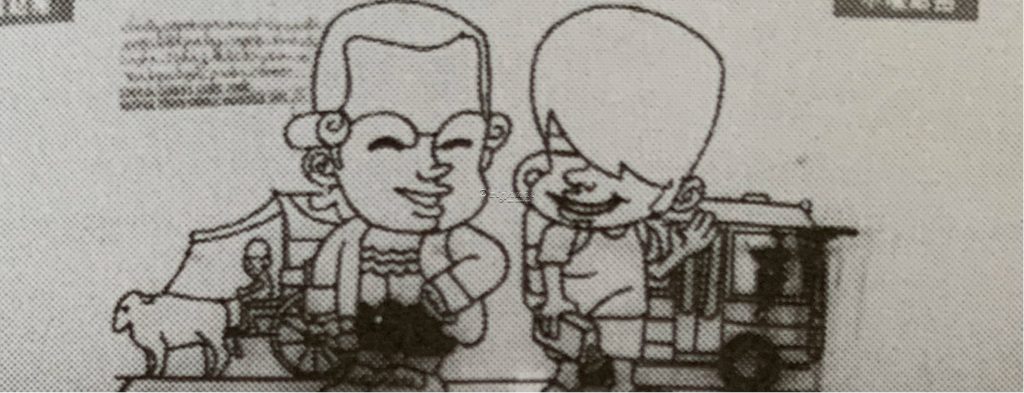
Main Street @ Lebuh Chulia © Zighunt
Chulia Street was one of the main streets layout by Captain Francis Light (founder of the colony) . Today it is known as “Backpackers Main Street”
38. Ah Quee
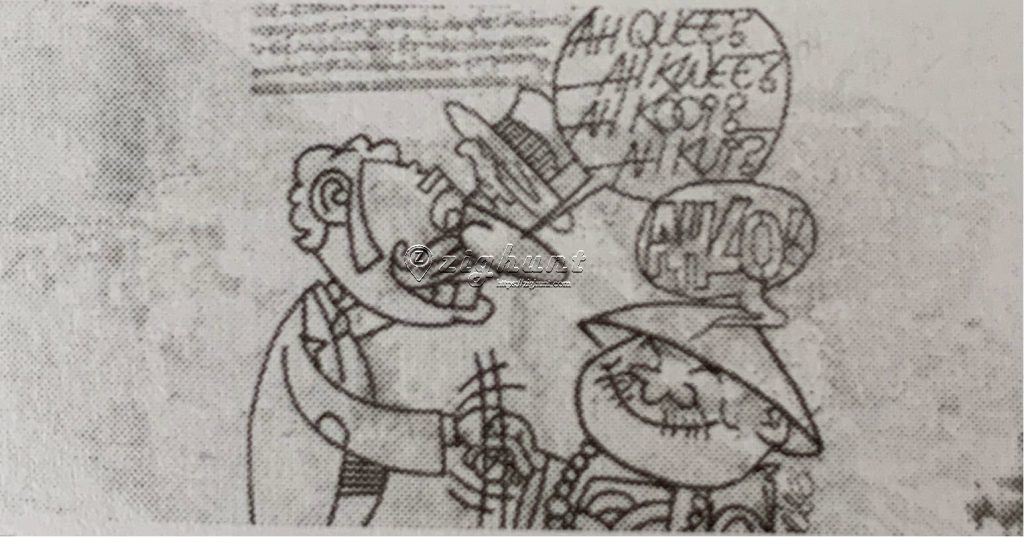
Ah Quee @ Lebuh Ah Quee © Zighunt
The street is named after Kapitan Chung Keng Kwee who generously donated his house to the Municipality for vehicular access ensuring that his name lives on for posterity. Chung Keng Kwee or aslo known as “Ah Quee” was said to be send by his mother to Malaya to search for his father who had traveled there previously. Later he found both of his father and elder brother where they together made a huge fortune through tin mining in Perak in late 19th century.
39. Kandar
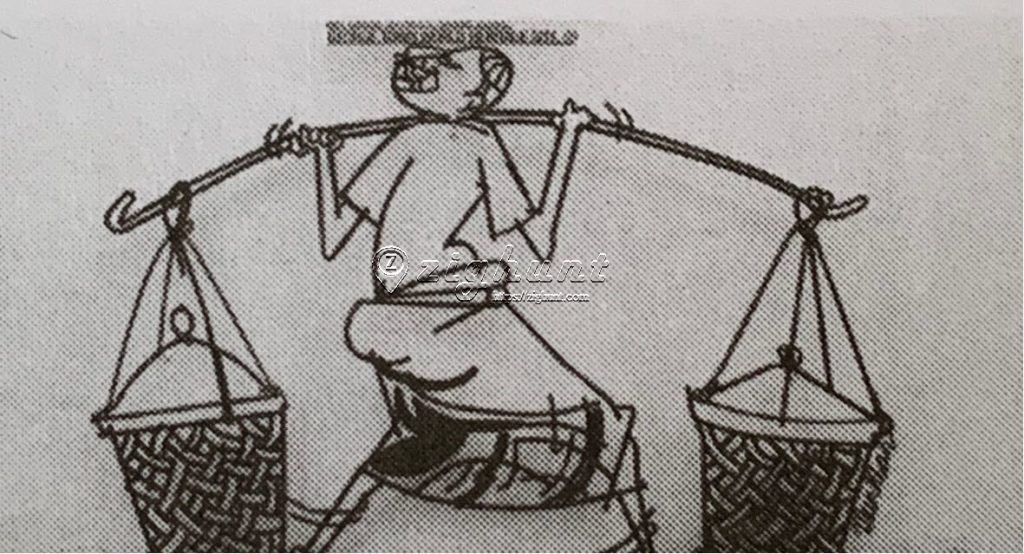
Kandar @ Lebuh Ah Quee © Zighunt
40. Too Narrow
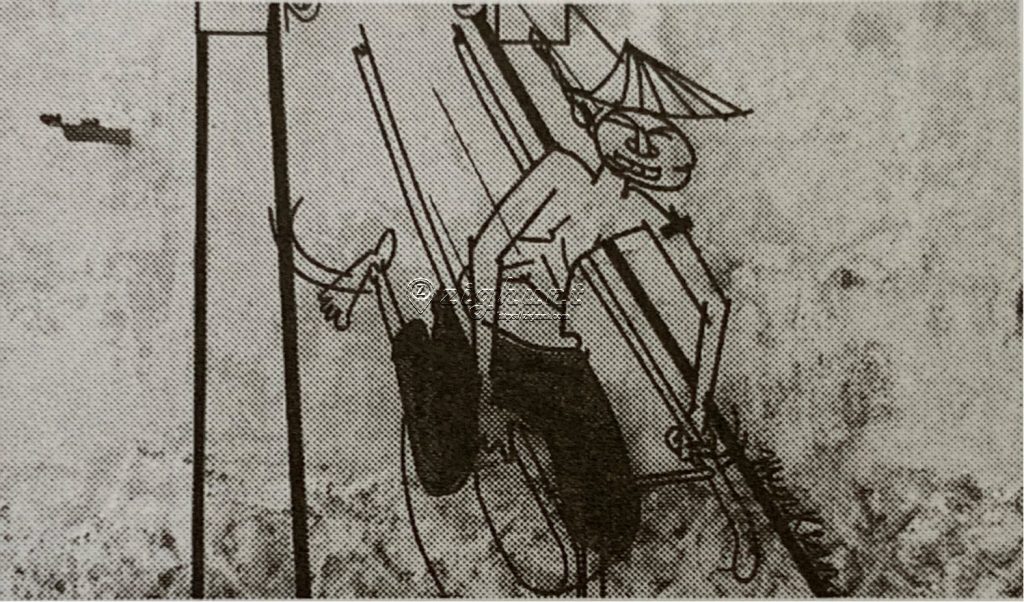
Too Narrow @ Lorong Soo Hong © Zighunt
The hand pulled rickshaw was the most popular form of transportation in early Penang. As you can see, the rickshaw man happily pull his trishaw with all the energy he has.
41. Procession
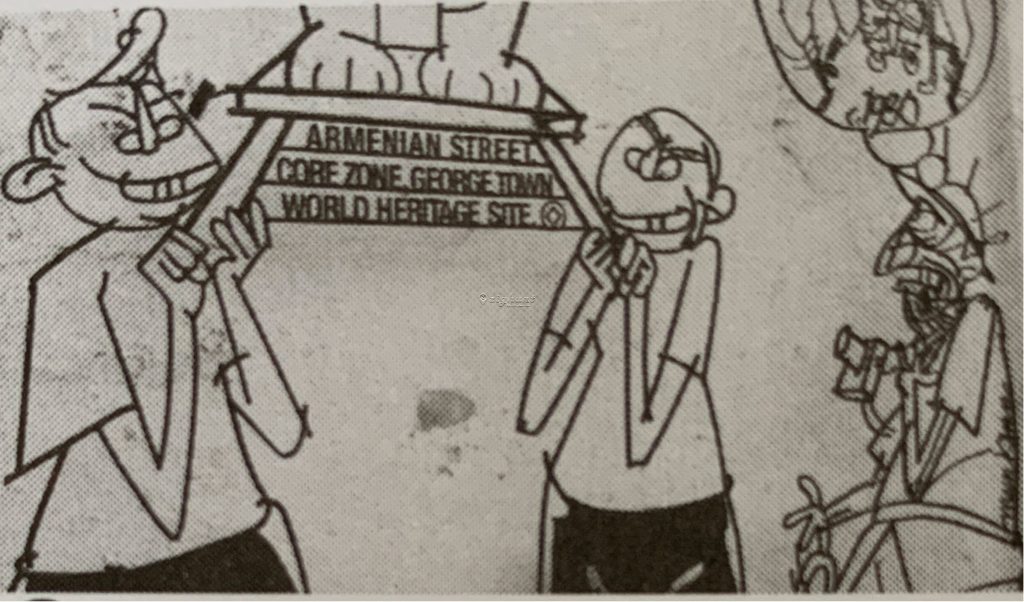
Procession @ Lebuh Armenian © Zighunt
The Tua Pek Kong grand float procession is held in the Year of the Tiger to wash away bad luck and bring great wealth and health. It was said Zhang Li from the Hakka clan was blown off course and force to land in Penang. He is believed to arrive 40 years earlier than Francis Light in 1746. Over period of time, people begin to respect him and bestowing him the tile Tua Pek Kong or also known as “Great-Grand Uncle” in English.
42. Then & Now
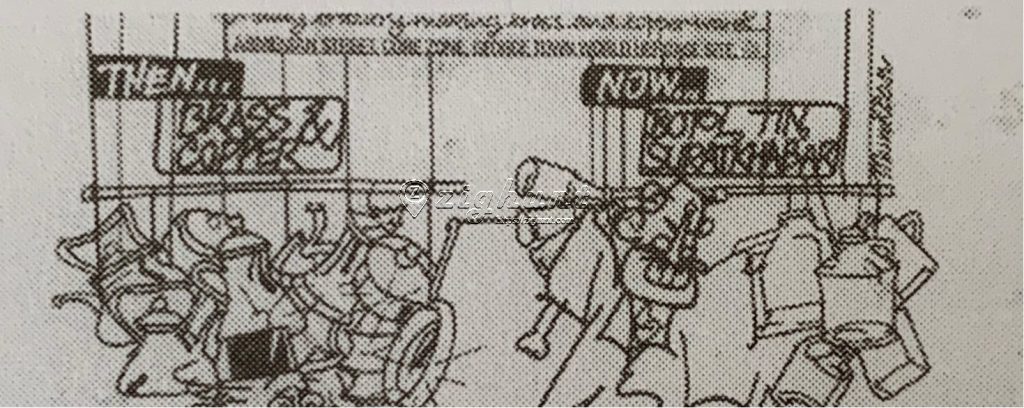
Then & Now @ Lebuh Armenian © Zighunt
The Hokkiens called this street “Pak Thang Ah Kay” or Coppersmith’s Street, a reference to the early Malay braziery making brass and copper pottery. It traces back then where local occupations in Lebuh Armenian where it was a centre for copper smithing where today it was for recycling of old newspapers and assorted containers.
43. Cannon Hole
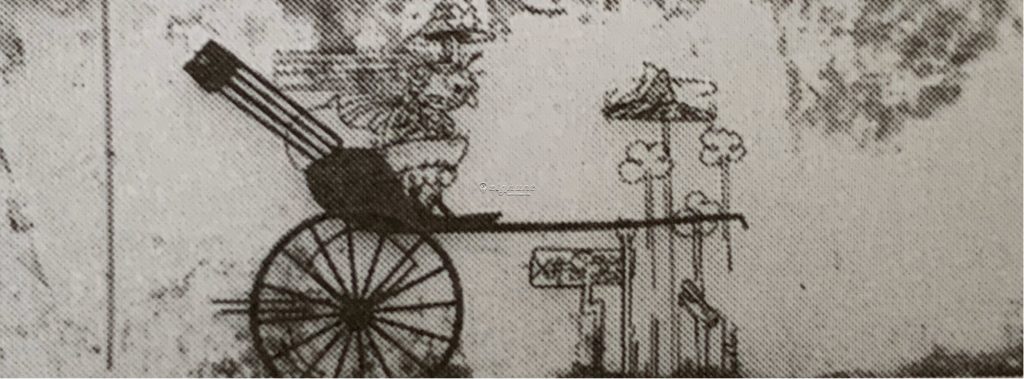
Cannon Hole @ Lebuh Cannon © Zighunt
A cannon shot fired during the 1867 Penang Riots had made a large hole in this area hence the name Cannon Street. The most serious riots broke out around Khoo Kongsi and the colonial authorities had no choice but to call reinforcement from Singapore to quell this unrest.
44. Born Novellist
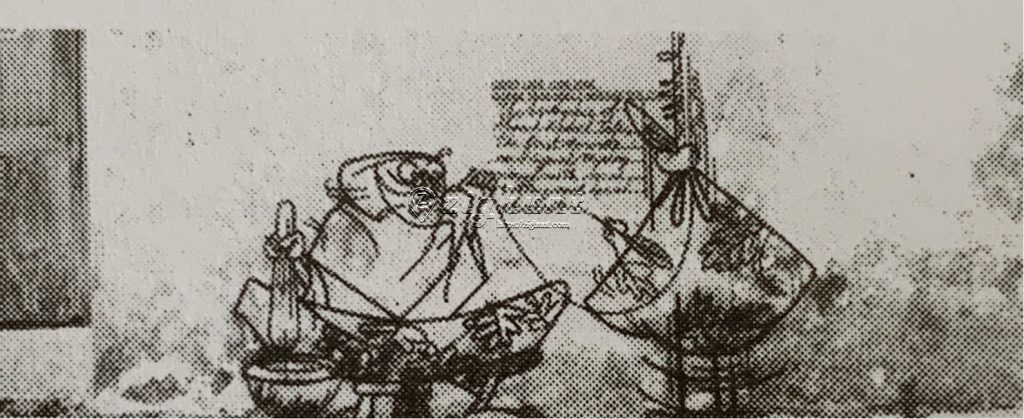
Born Novellist @ Lorong Lumut © Zighunt
The birth place of Ahmad Rashid Talu born in 1889-1939, the first to write an original Malay novel with local setting and local characters.
45. Limousine
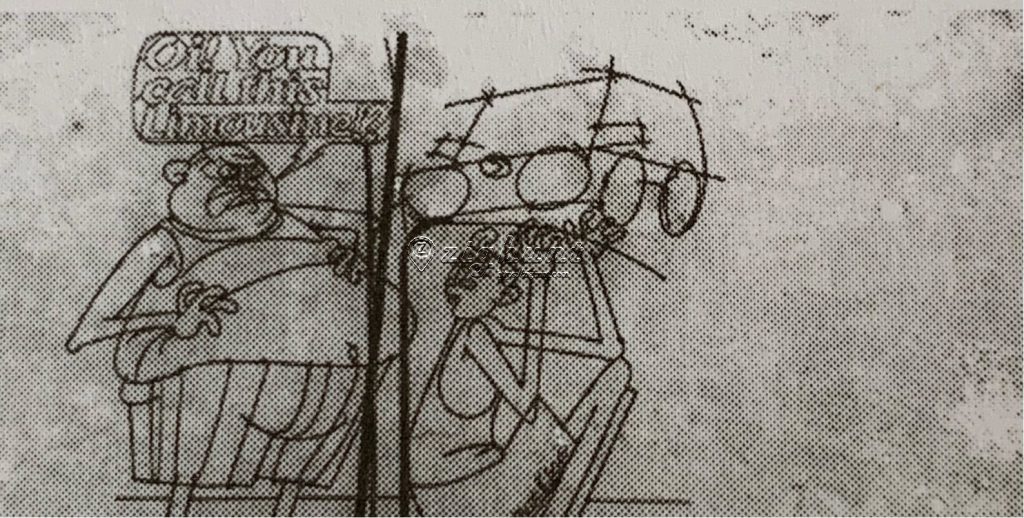
Limousine @ Lorong Carnarvon © Zighunt
This was the place to go for Chinese books, stationery, coffin and paper effigies. All the pleasures of the material world can be reproduced in paper and burn for the after life family members. It marks the traditional art craft of making of all kinds of paper models where the shop located along Lebuh Carnarvon.
46. Cow & Fish
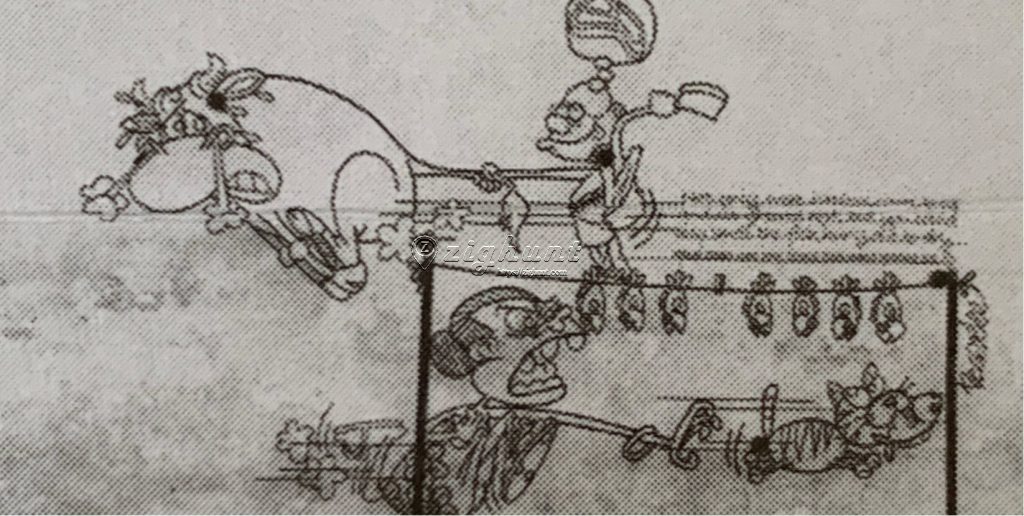
Cow & Fish @ Lebuh Melayu © Zighunt
Not only the unfortunate cows bred and slaughtered here, but you could also smell the fish hung out to dry. Unfortunately, during the late 19th century, the land reclamation had pushed Lorong Ikan further inland and the area was closer to sea before the reclamation project begin.
47. No Plastic Bag
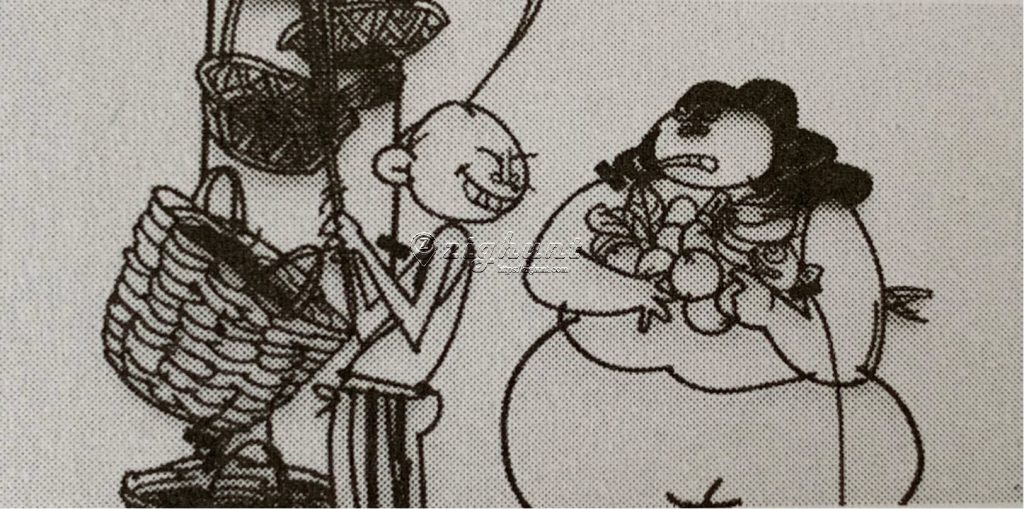
No Plastic Bag @ Lebuh Prangin © Zighunt
A petty trading neighborhood where you can find activities such as drying of salted fish and basket weaving. As you can see the sculpture featured a shop selling wicker baskets smiling and ask “No More Plastic Bags Meh?”
48. Waterway
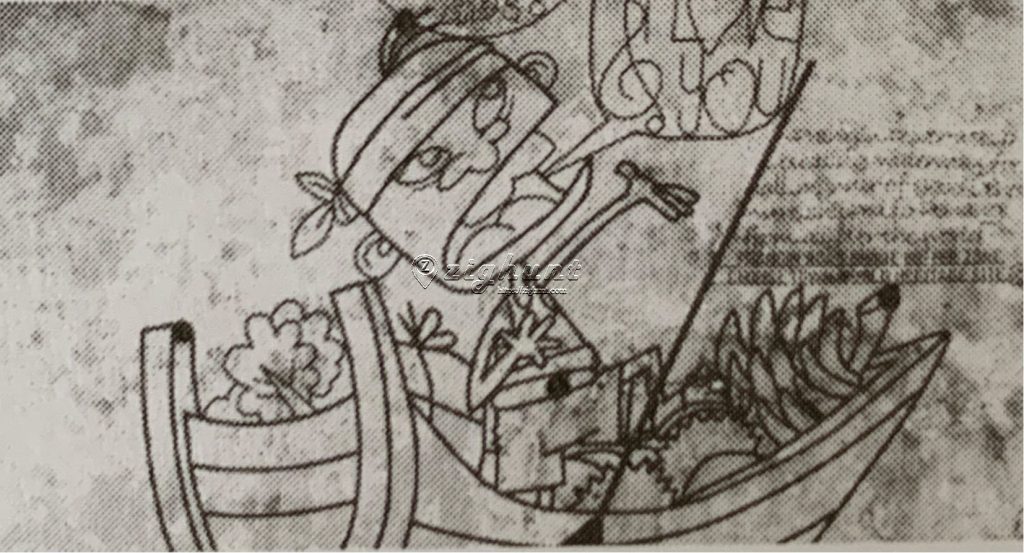
Waterway @ Lebuh Prangin © Zighunt
Prangin river was a hustling waterway for all manner of goods that were shipped to Penang from all over the world. Then the place became known as “Sia Boey Market” and then turn into Sia Boey Urban Archaeological Park.
49. Chingay
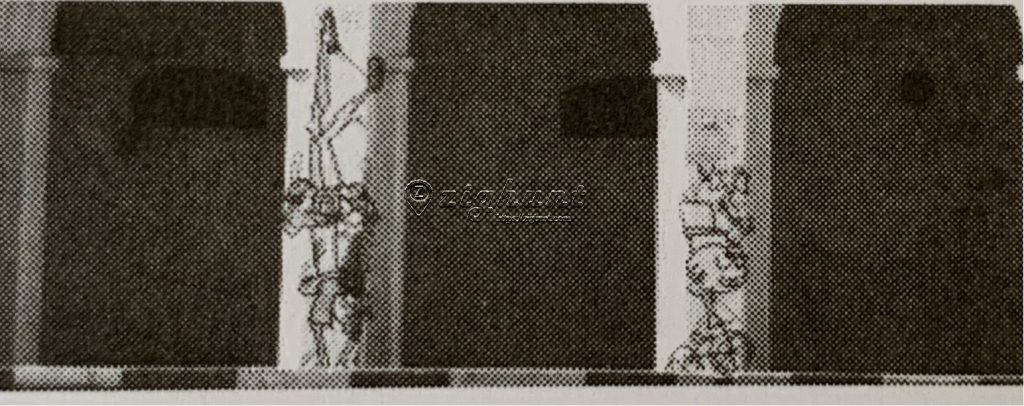
Chingay @ Lebuh Prangin © Zighunt
The Penang Chinese first performed Chingay in 1919 during deity processions and today the art has evolved to become an unique multiracial performance. This piece foretold the celebrations in Penang’s communities where it features live music, lion and dragon dances, tossing big tall flags and team balancing. It symbolize the best about Marking George Town project.
50. Ironsmith
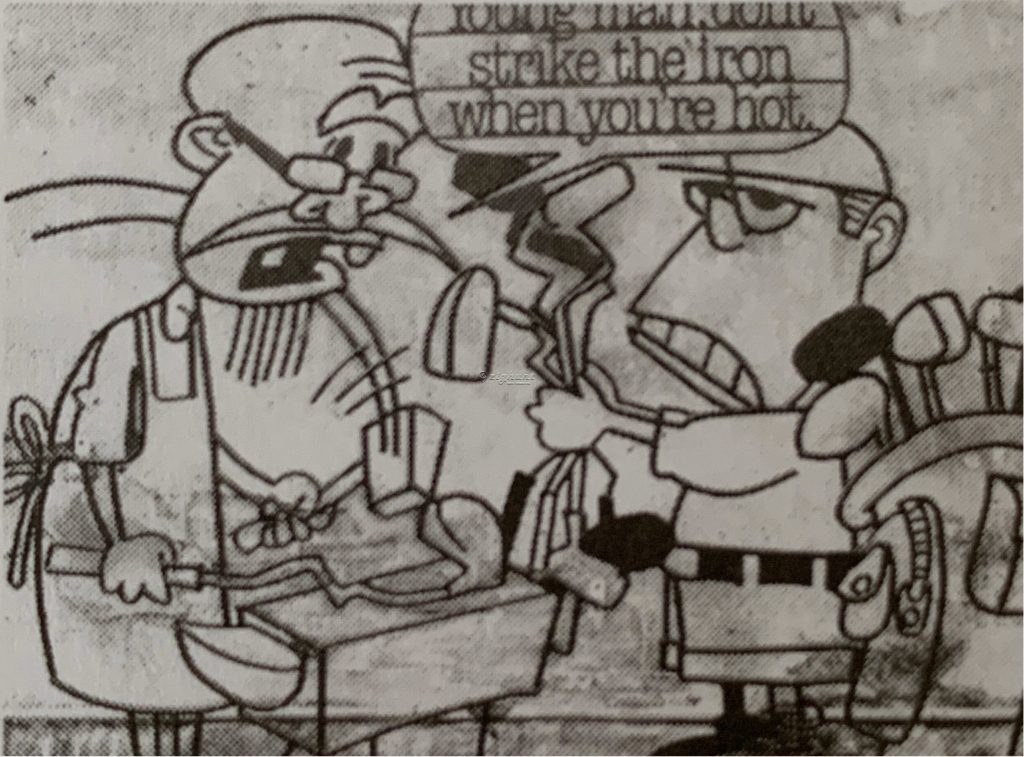
Ironsmith @ Lorong Toh Aka
The striking of the ironsmith’s hammer can still be heard along the street where once every tool had to be fashioned by heat and hand only. You can see that the ageing smith is talking to the young man with bent golf clubs.
51. Escape
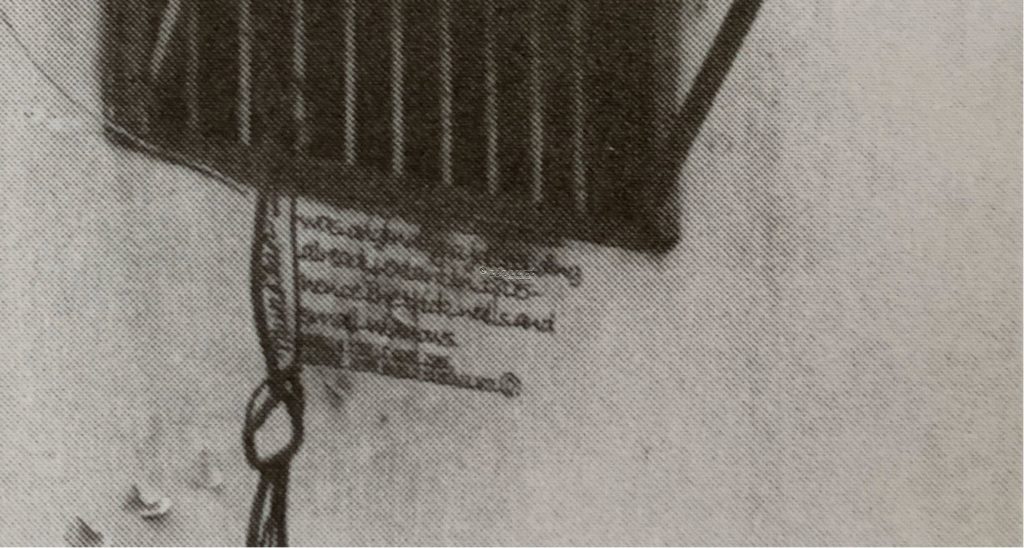
Escape @ Lebuh Acheh © Zighunt
This old Achehnese godown was originally a jail building already extant in 1805 – hence the thick walls and small windows. The building in this location was originally built as prison until the present day of Penang Prison on Jalan Penjara was built and opened in 1849.
52. Haj Pilgrimage
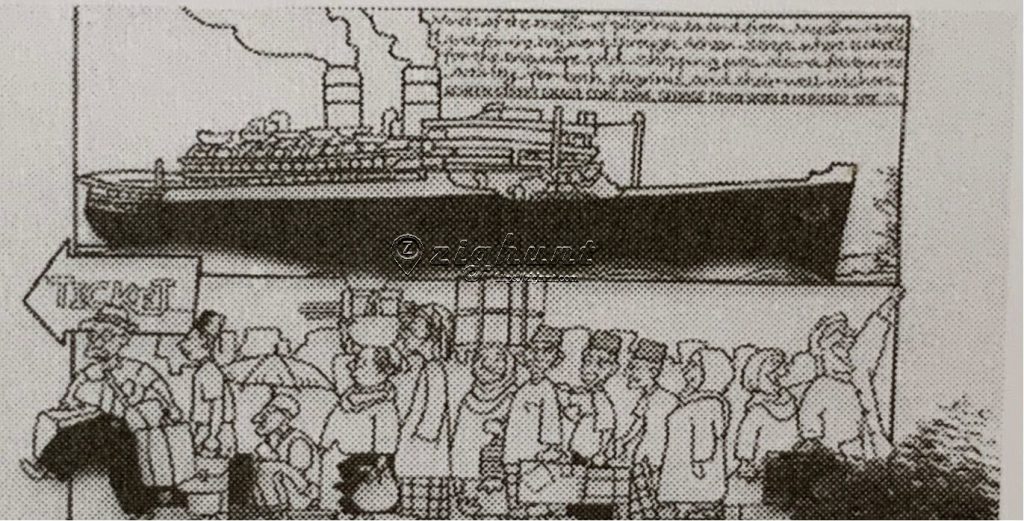
Haj Pilgrimage @ Gat Lebuh Acheh © Zighunt
Much of the traffic of pilgrims to and from Muslim Holy Land for the hay went through Acheen Street where tickets for the trip were sold. Shopping was also a favourite activity for both pilgrims and their well wishers. Ages ago, the site was a meeting point for all other Haj Pilgrims to join ships sailling for Mecca.
The Artists
Tang Mun Kian
A graduate of the renown Malaysia Institute of Art, Tang Mun Kian is first an artist, as well as an established art director and designer. Typically unassuming and low profile, it is often his work that speaks volumes.
Reggie Lee
Known for his mischevious characters, Reggie Lee’s cartoon style and humour is the most recognisable in Malaysia next to Datuk Lat’s. He has become a household name after decades as a syndicated cartoonist for the largest Malaysian daily. The Star. His work is also seen on billboards, commercials and animated films.
Baba Chuah
Baba Chuah made his debut in the cartoon scene in 1991 when his work first published in Falsafah Batu Api. This led to the cult anthology series Fantasi. Some of his most elaborate work to date was for Dark Horse Comics and the Eisner-nominated Liquid City.
Lefty
Lefty is a comic-book creator and the co-founder of Gilamon Studio where he gave life to the popular Major Zombie and Jimi Germ series. He also once dealt in dark themes and black humour in the wholly-Southeast Asian, Eisner-nominated Liquid City graphic novels.

